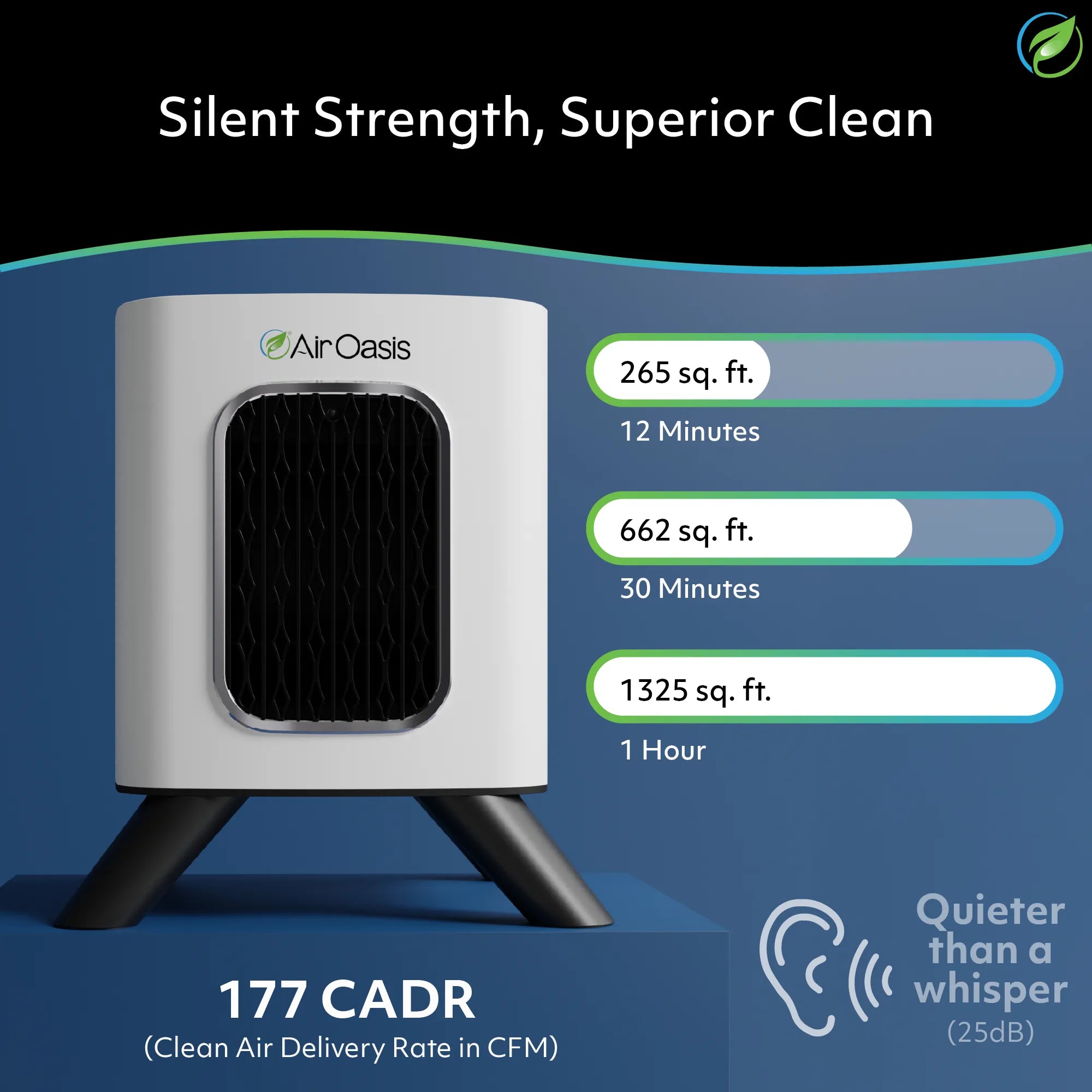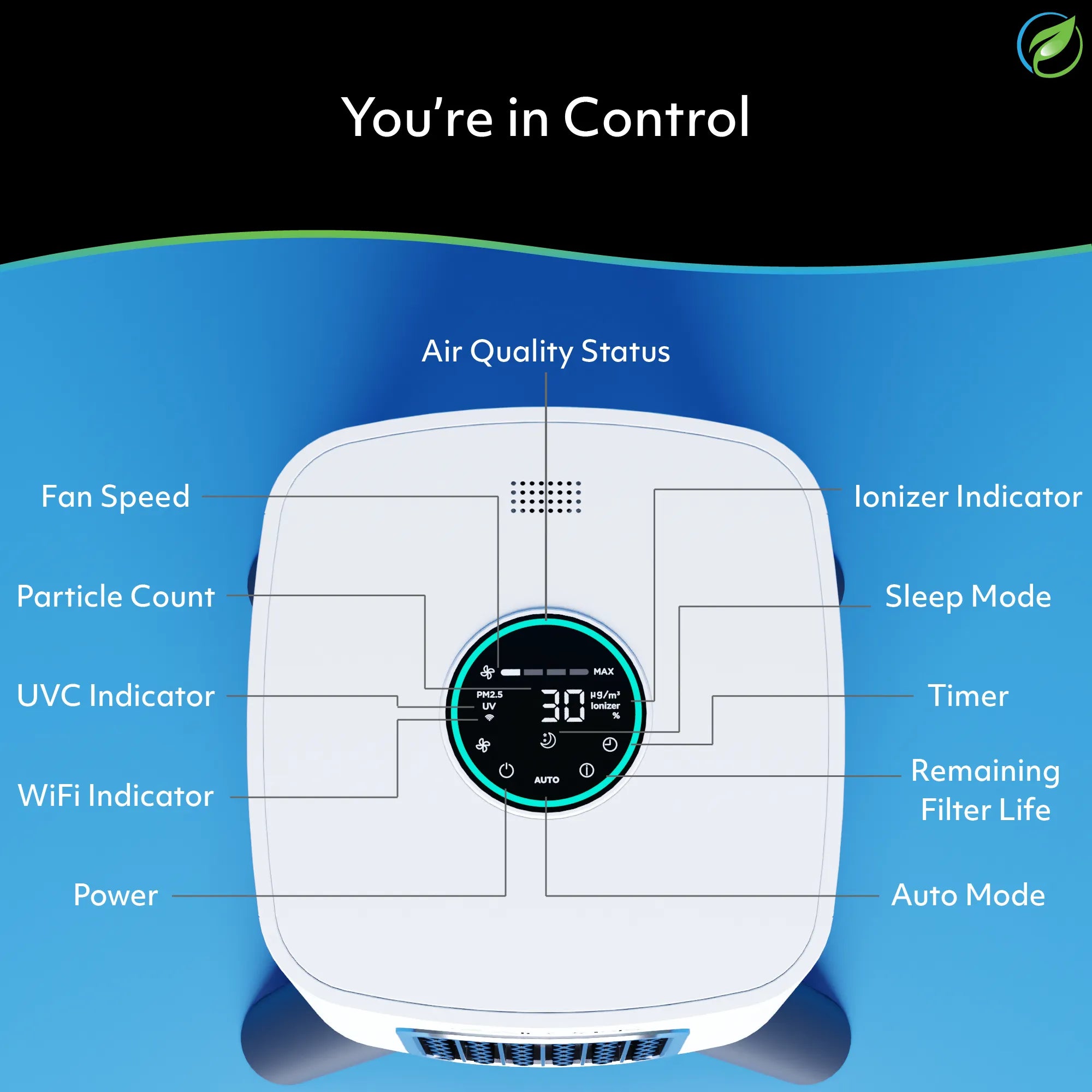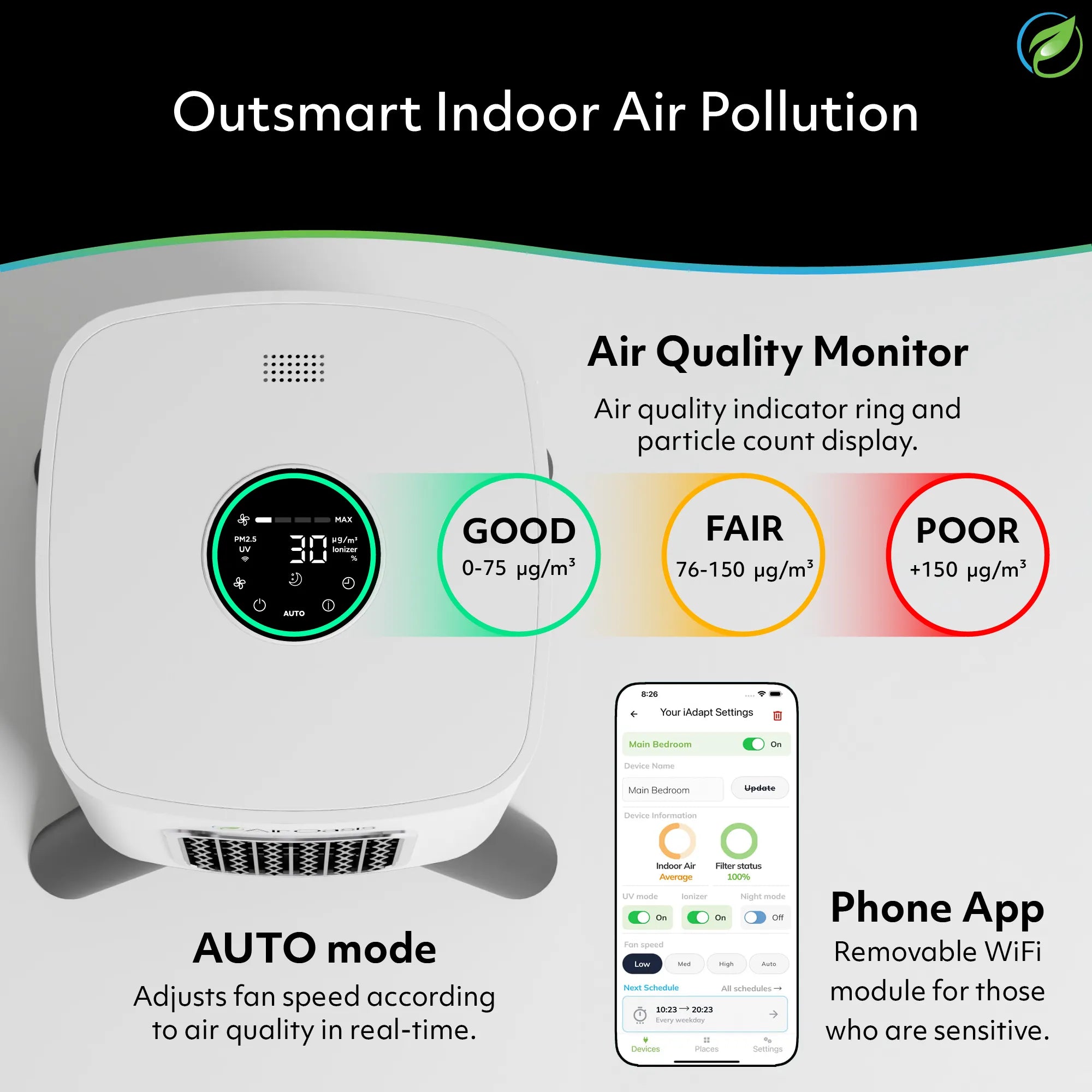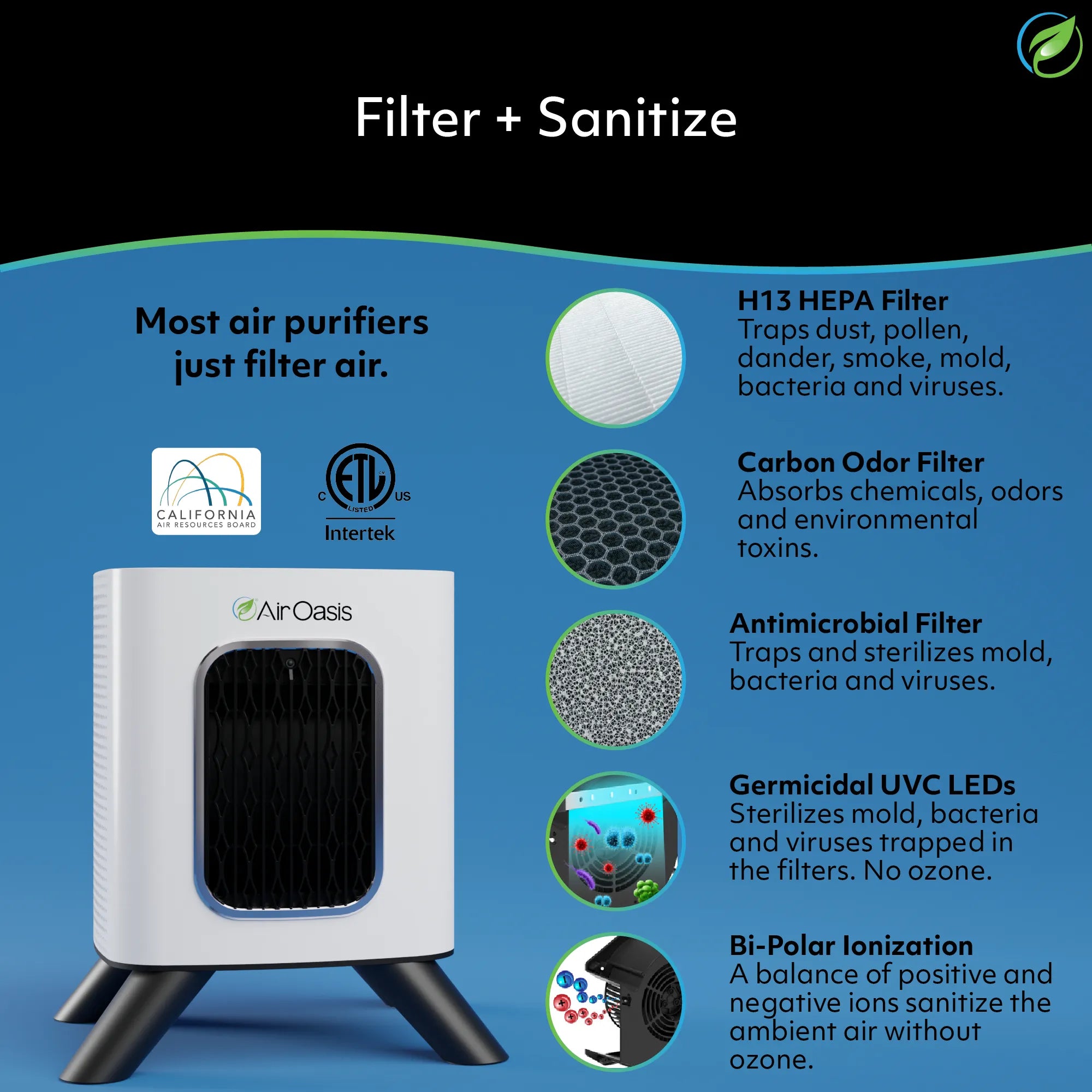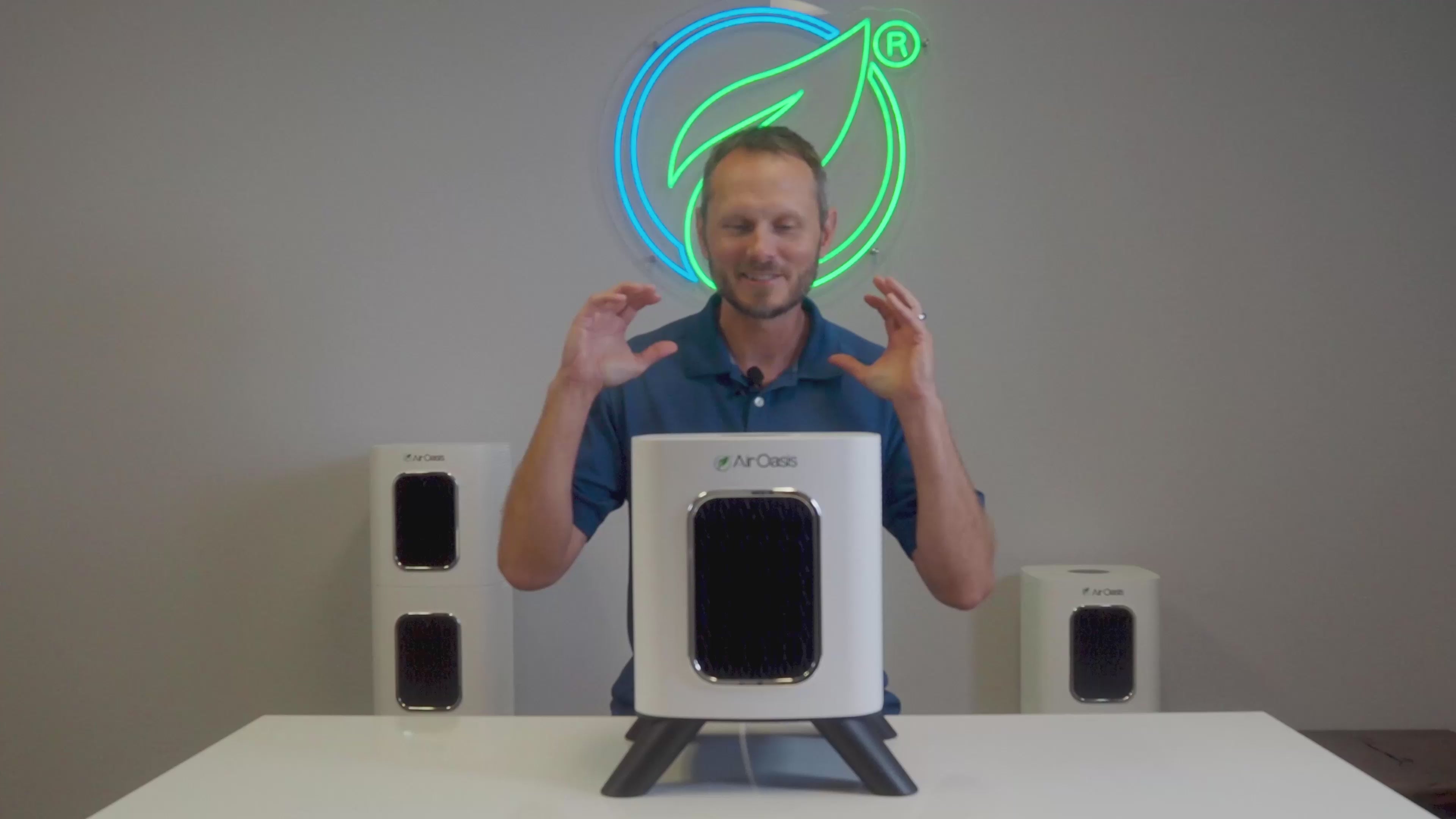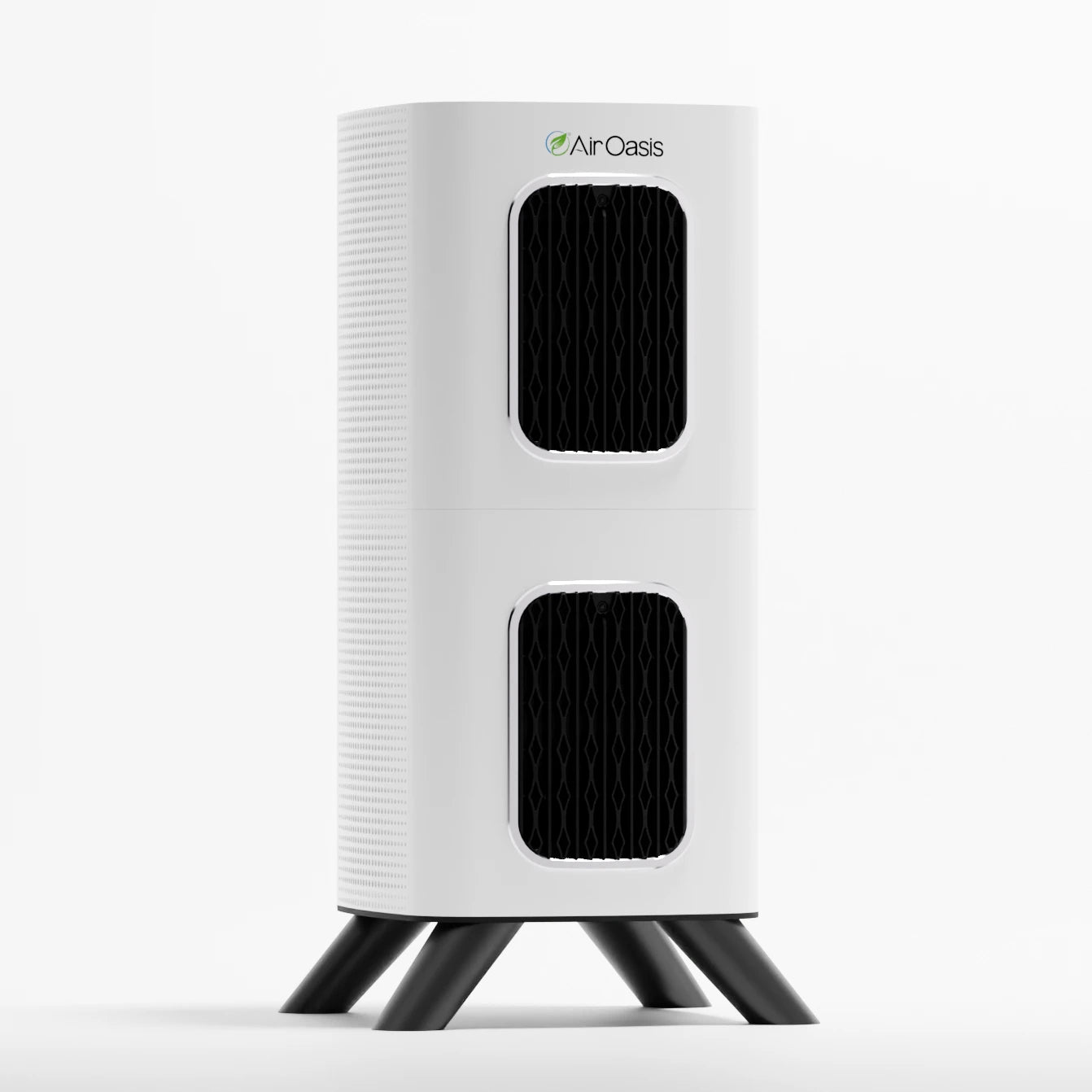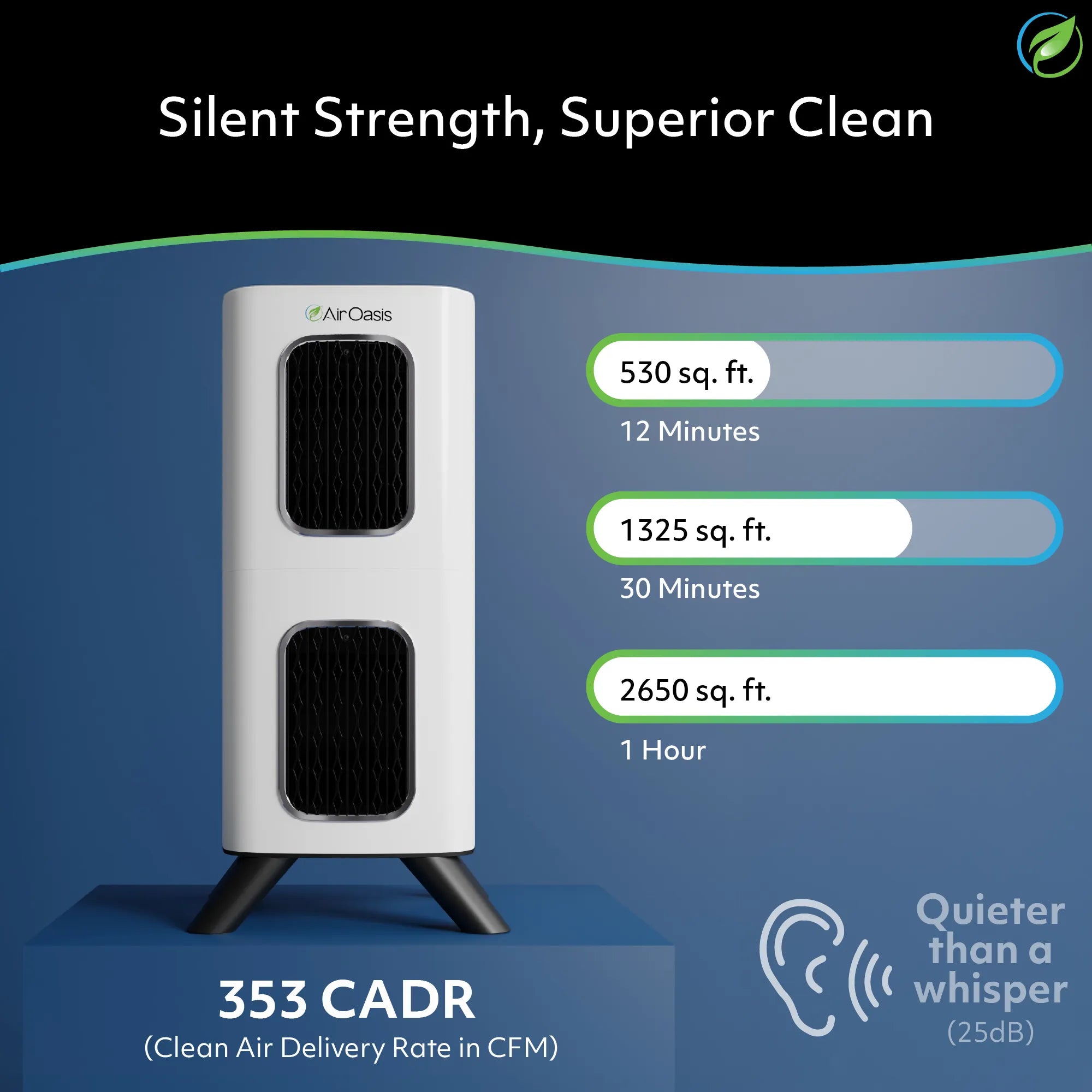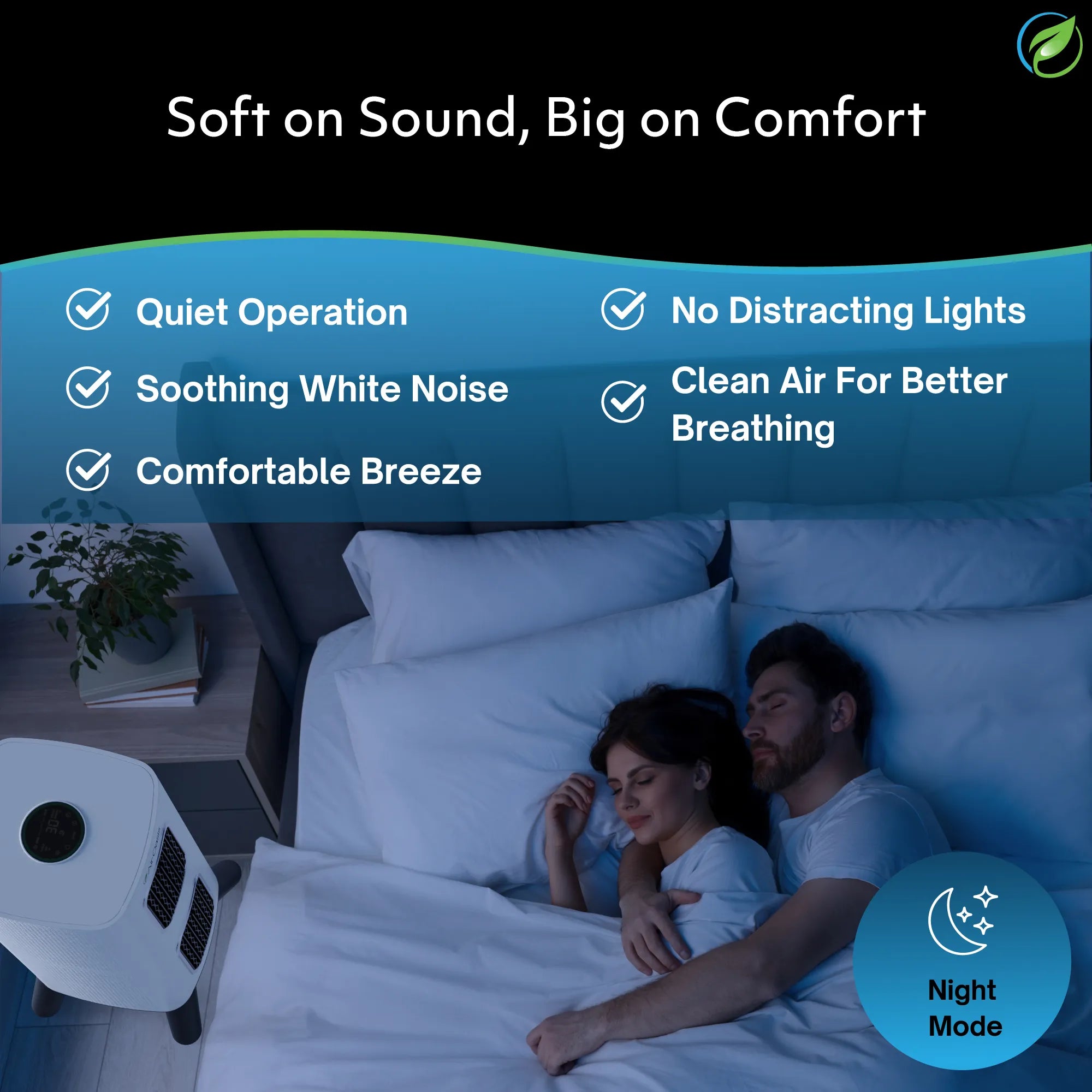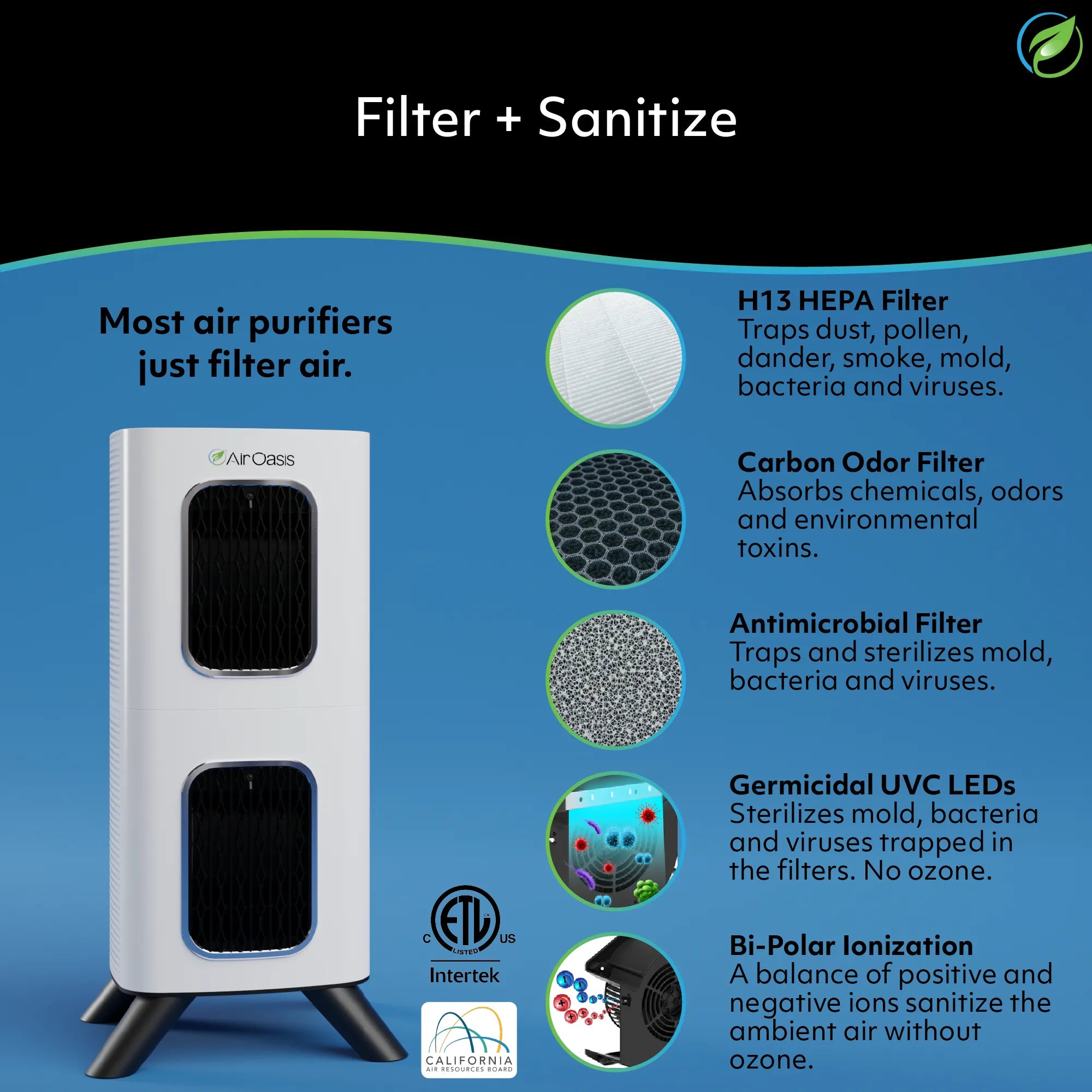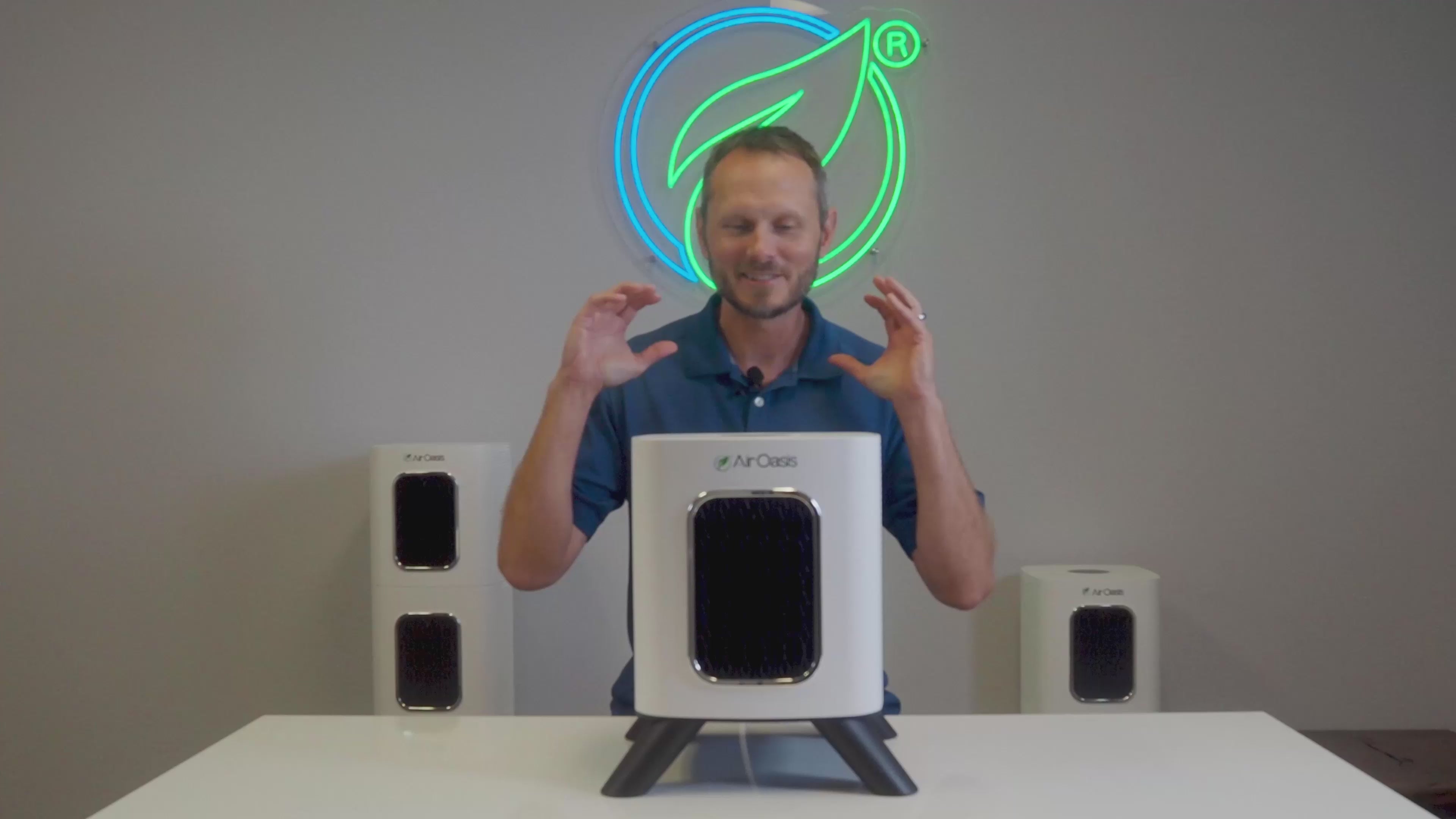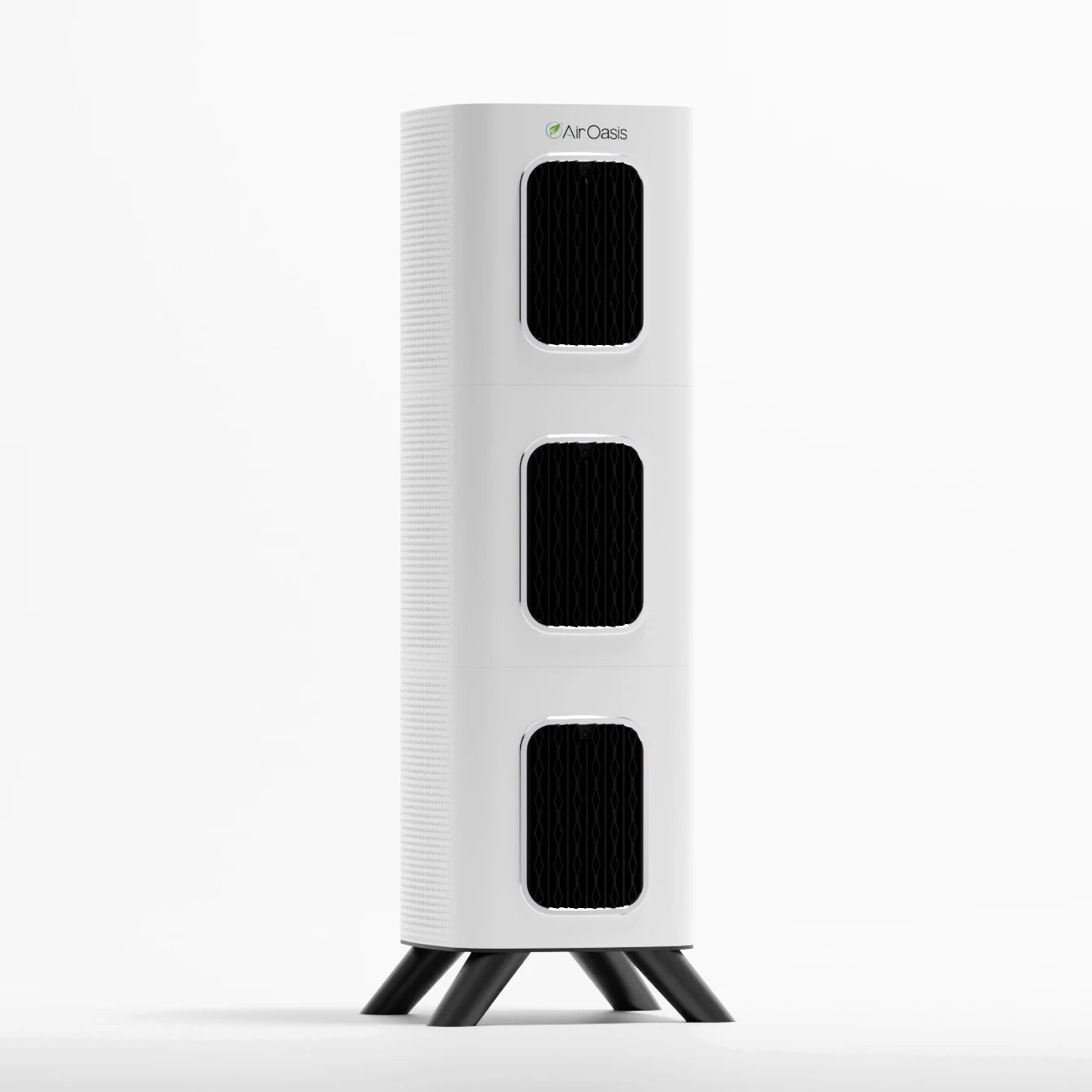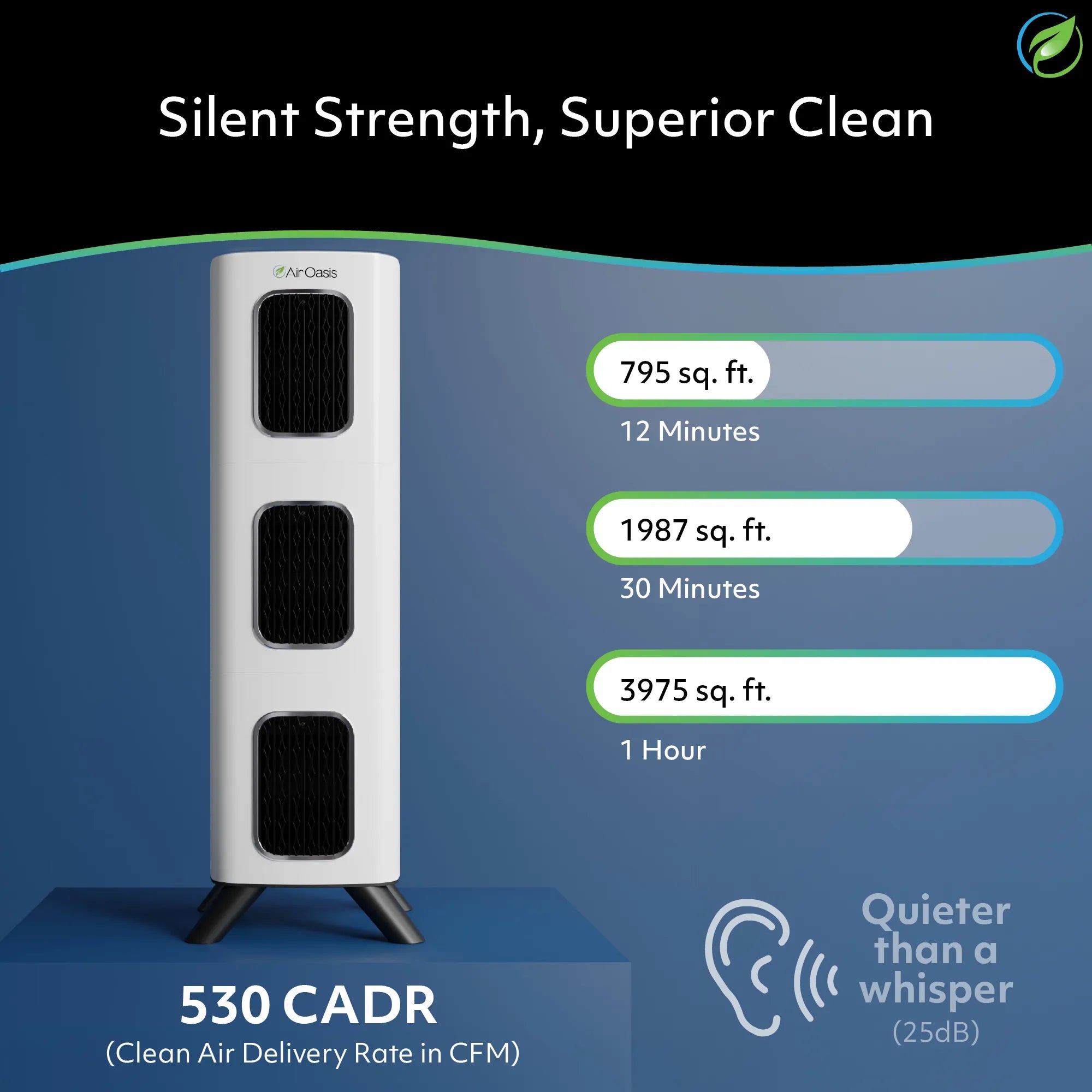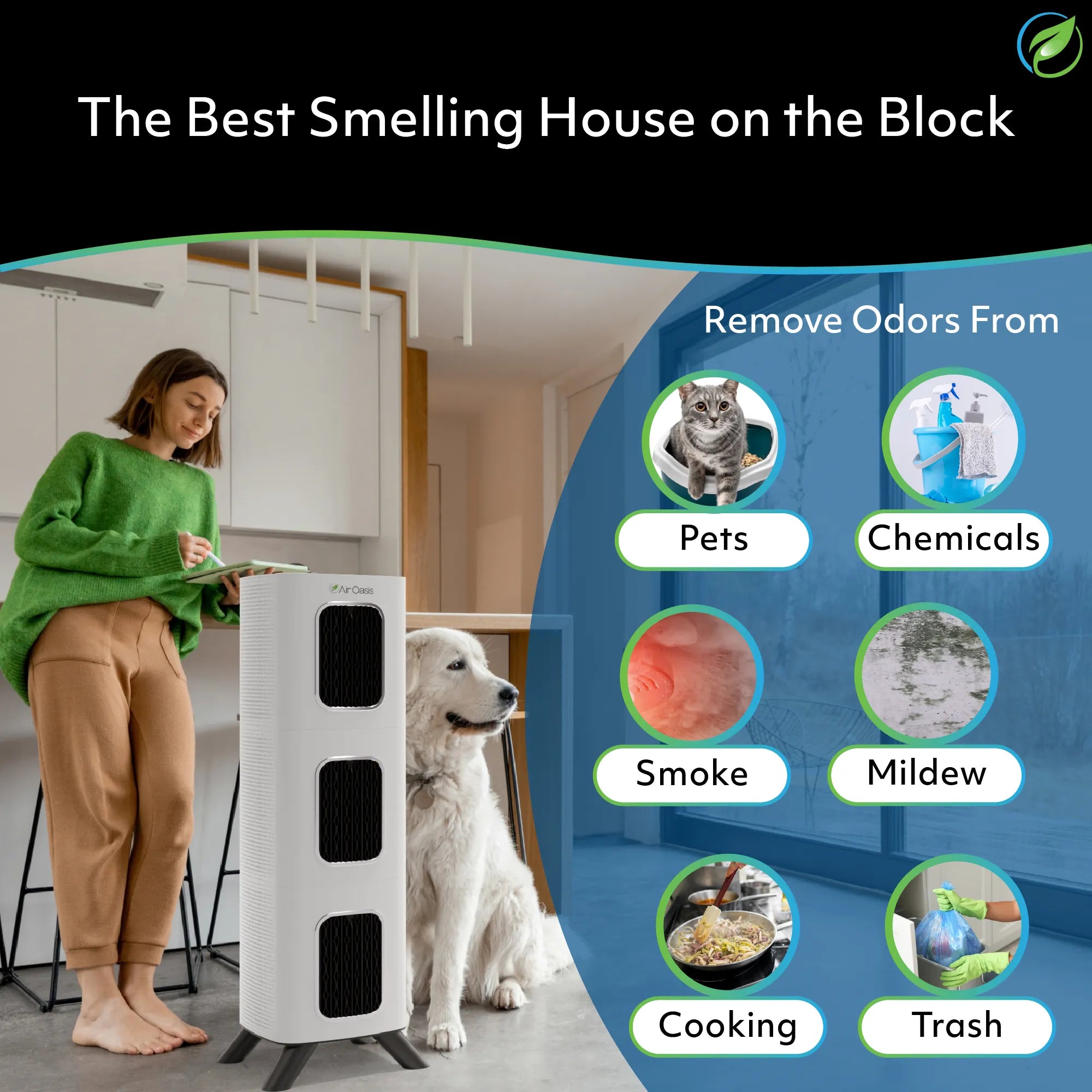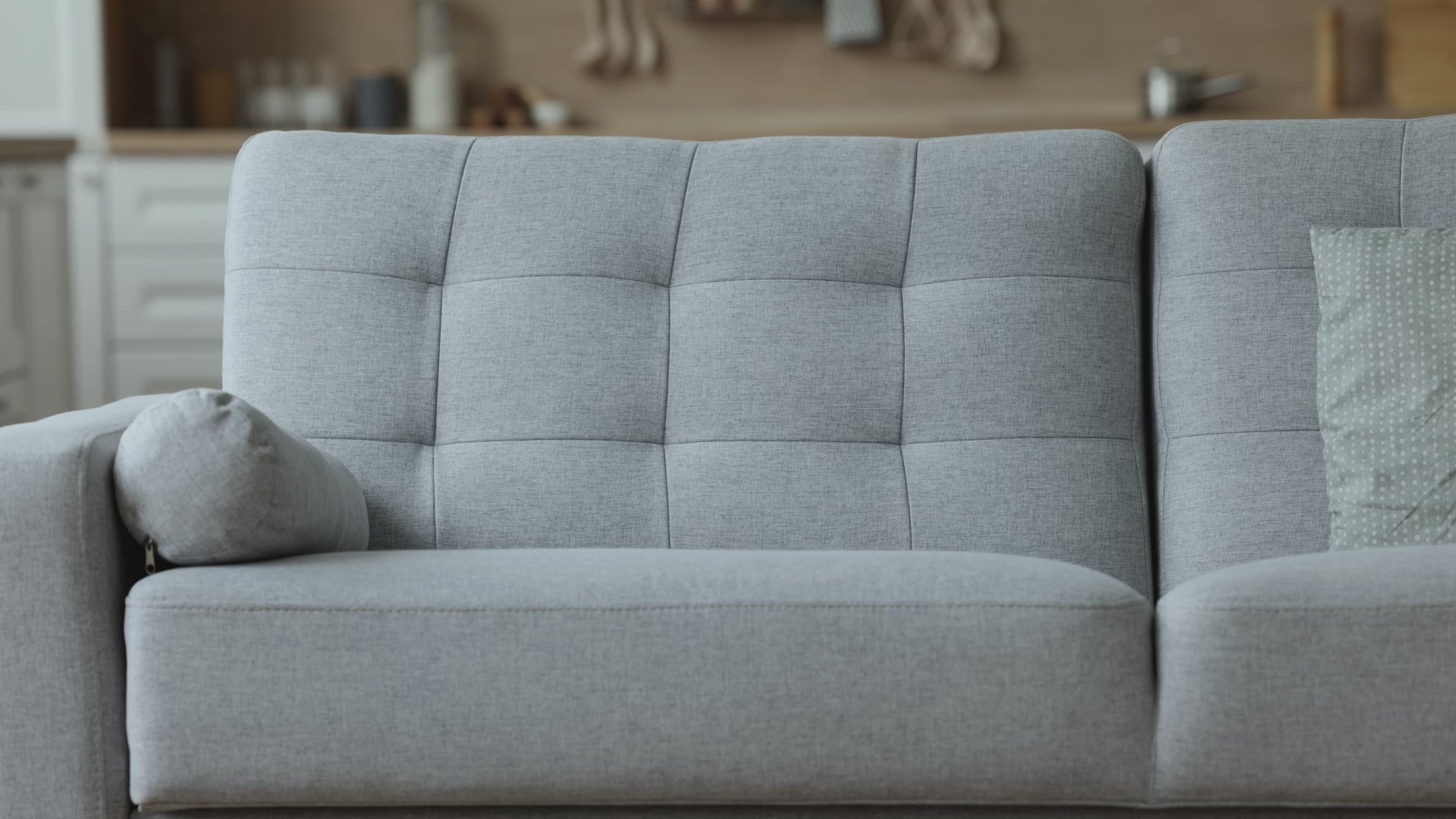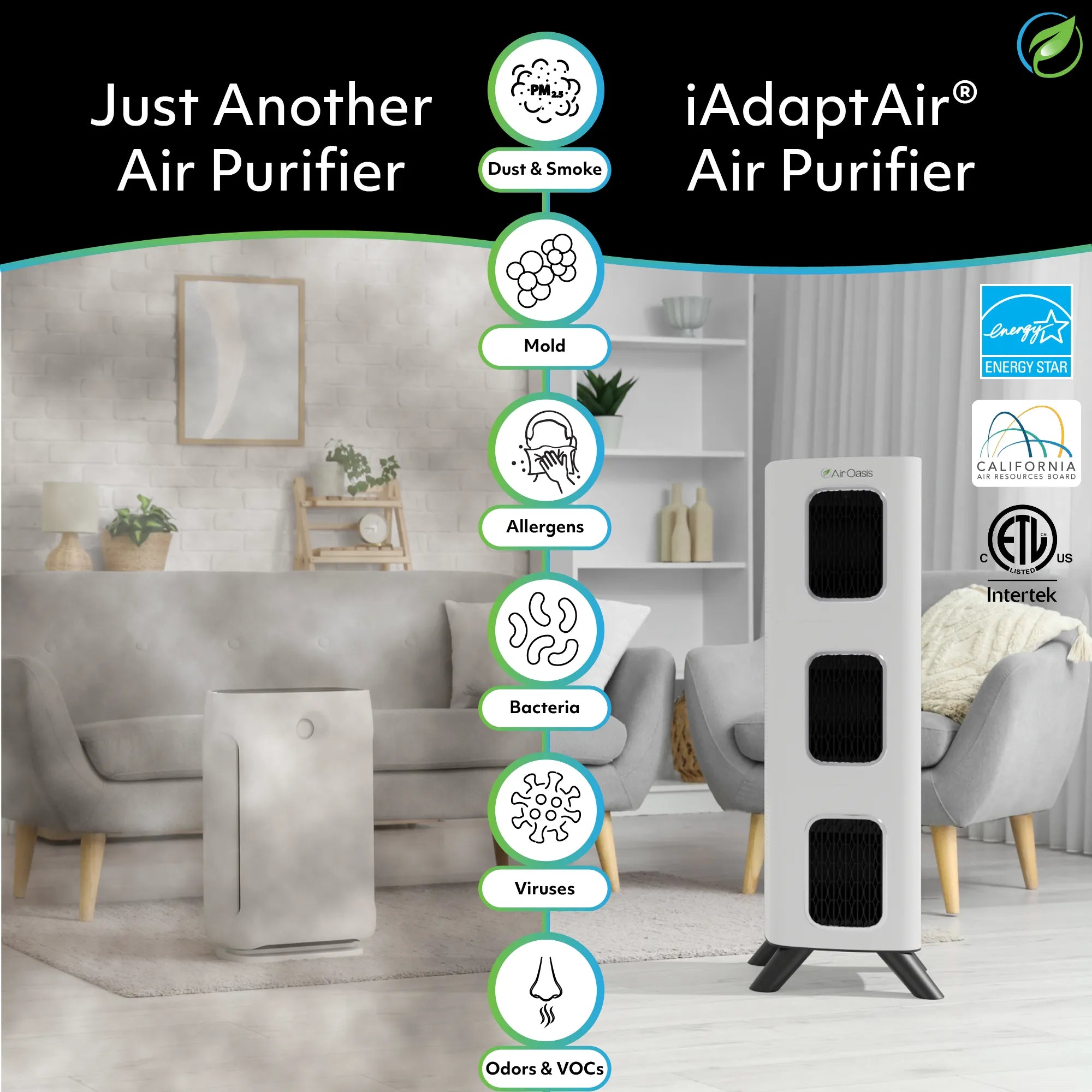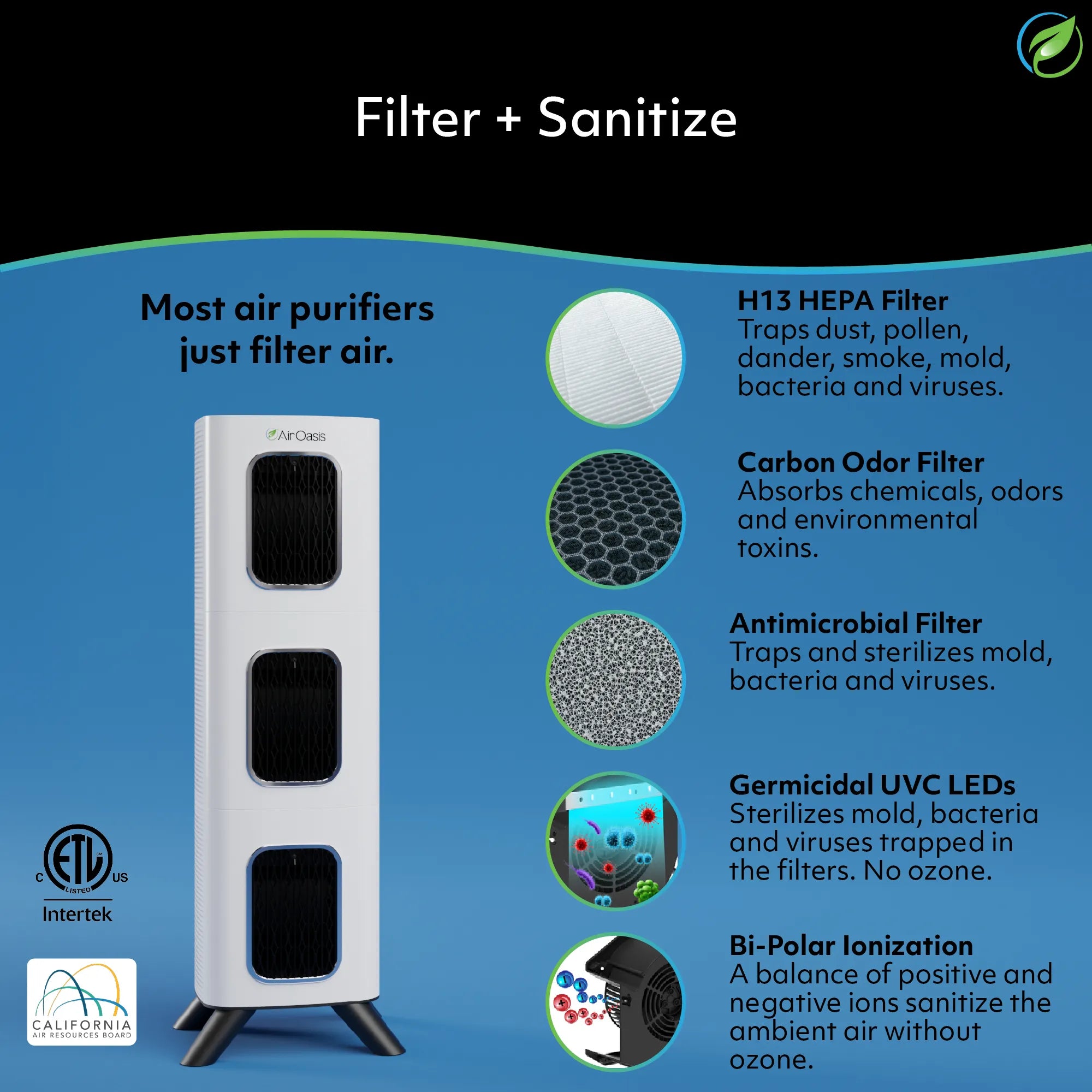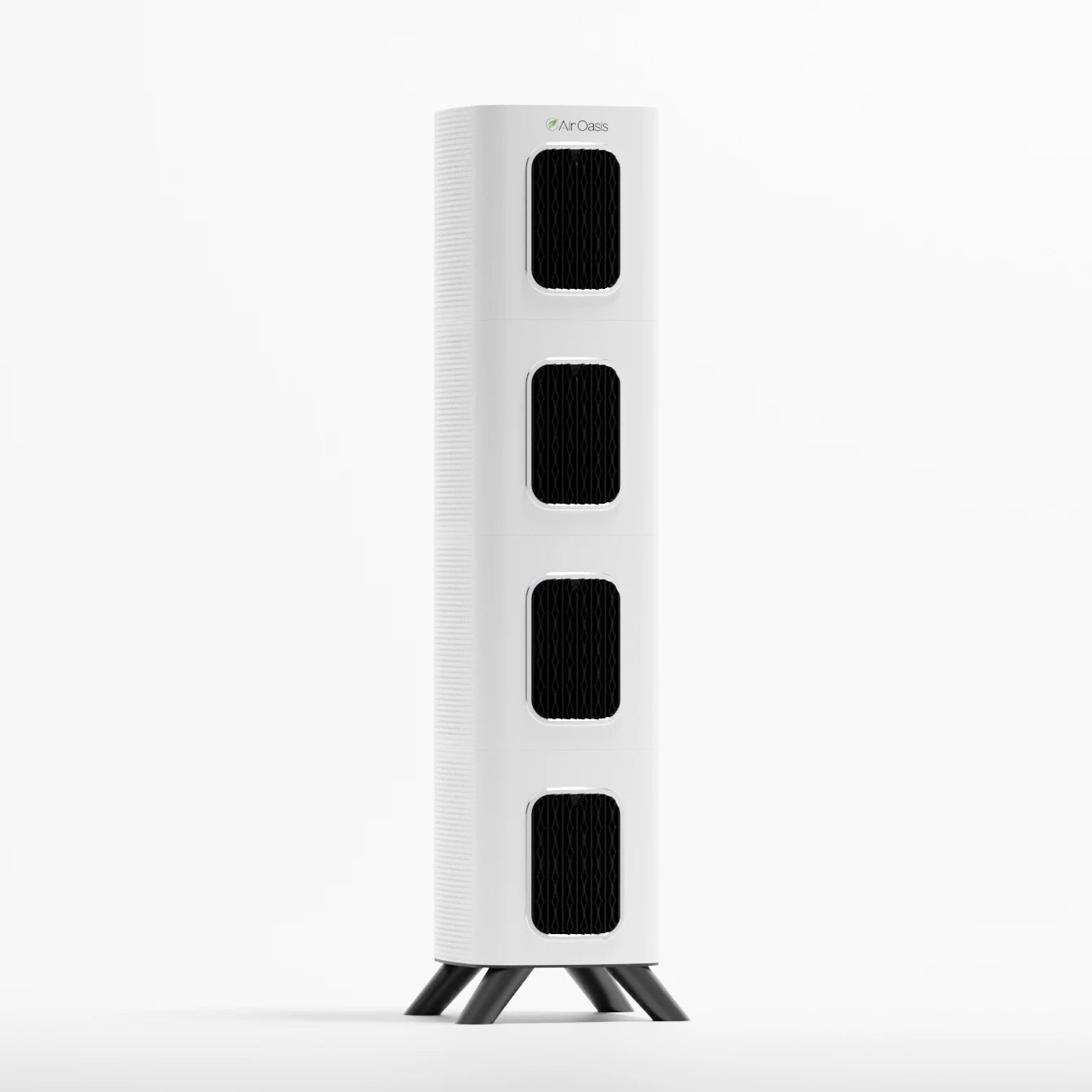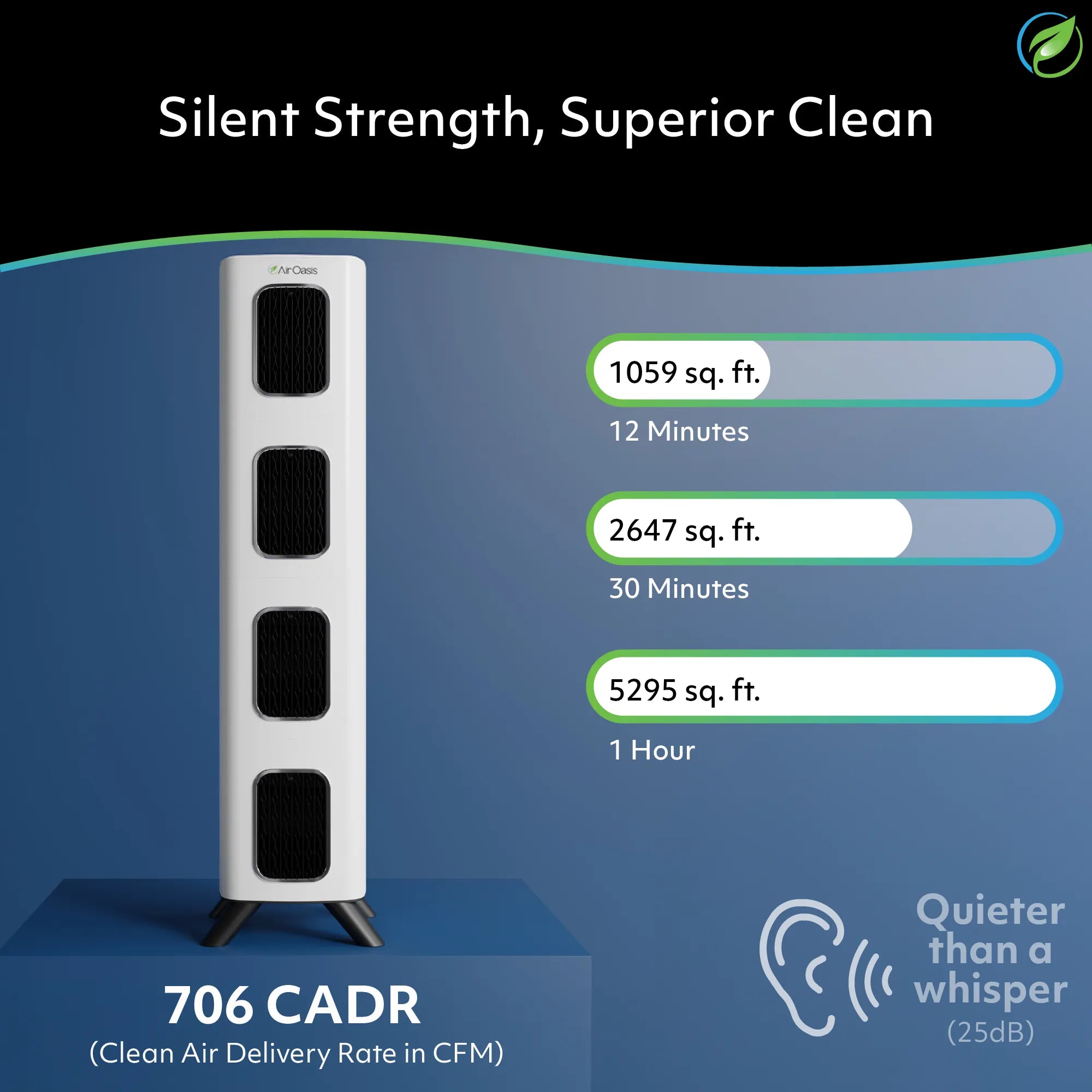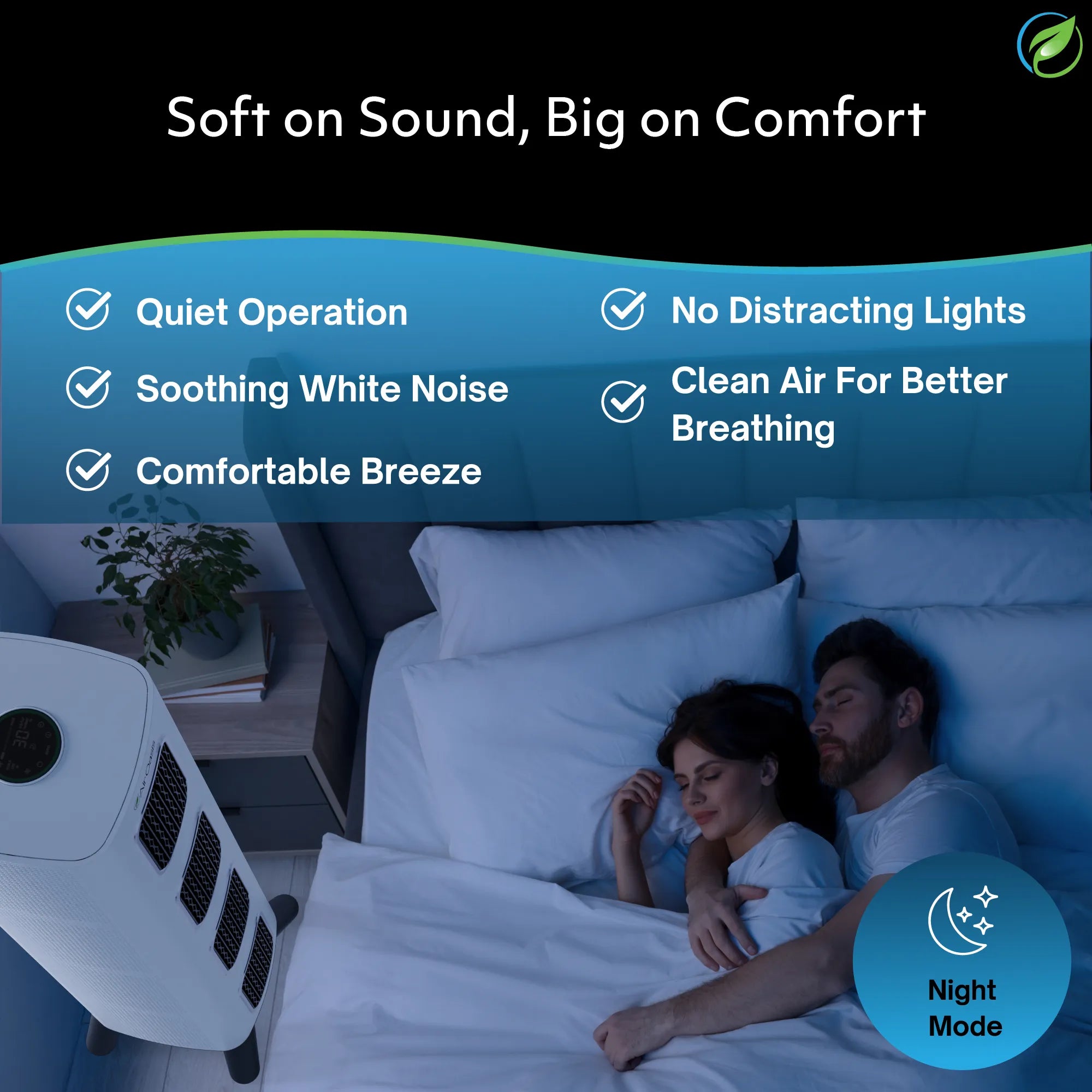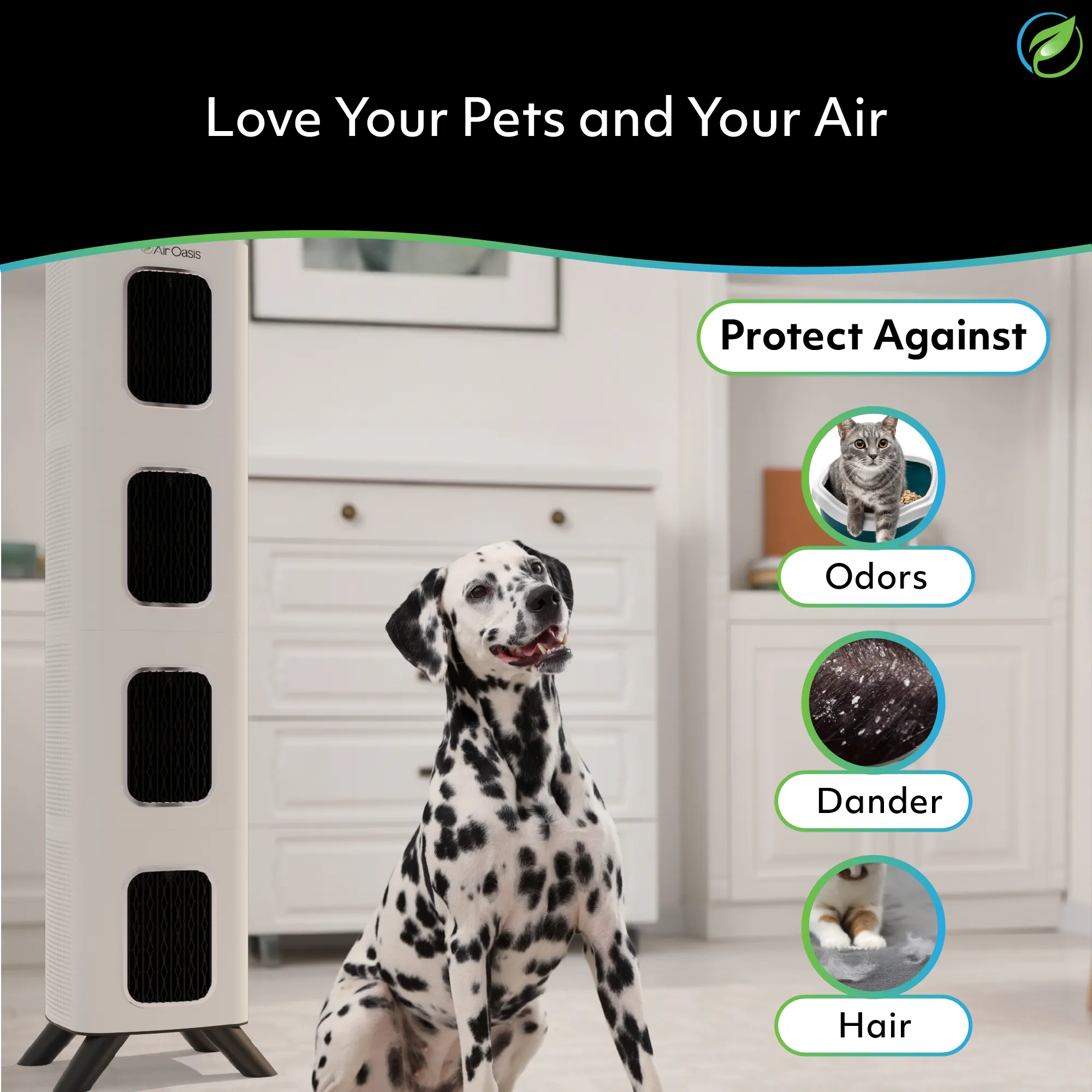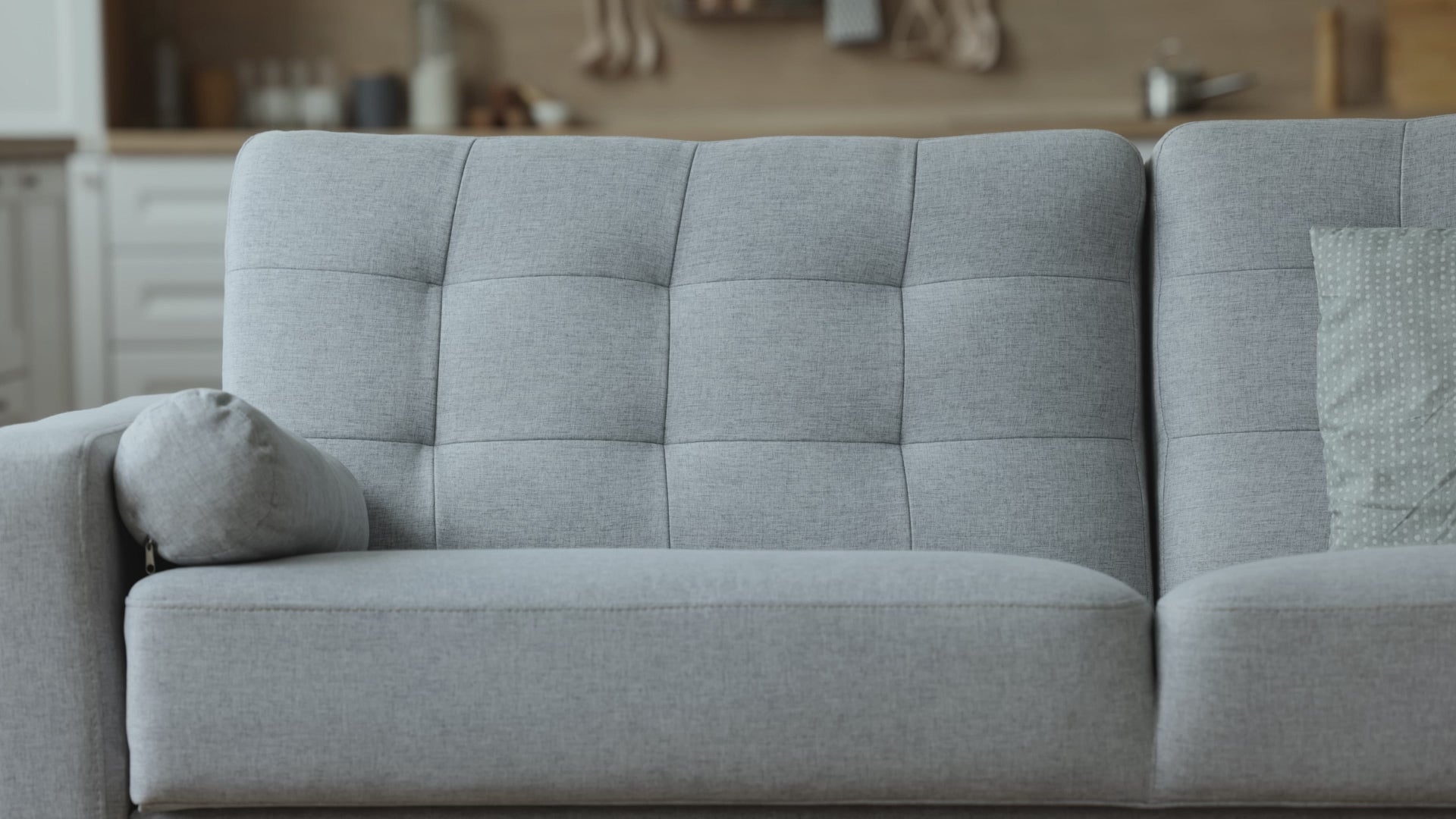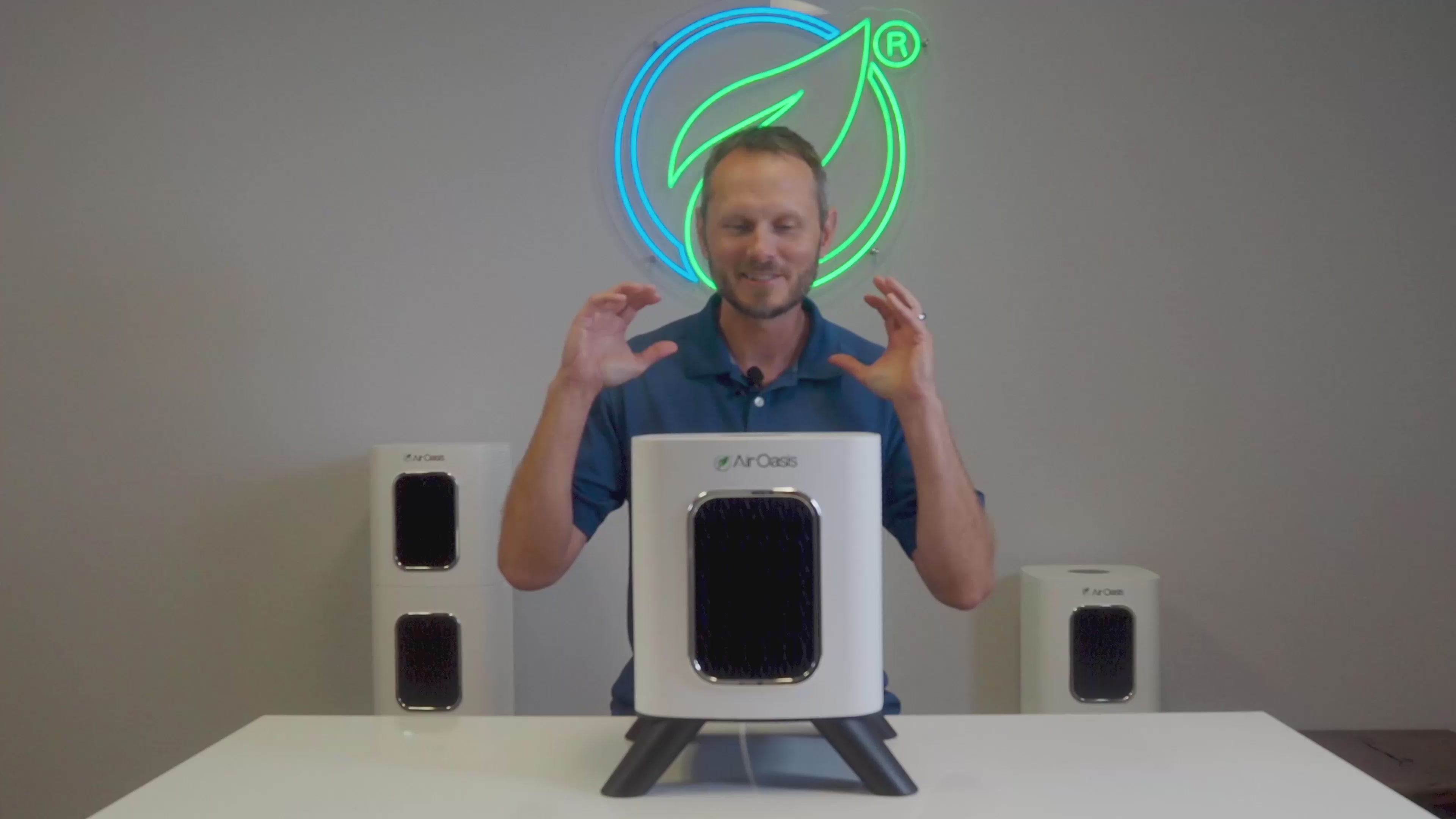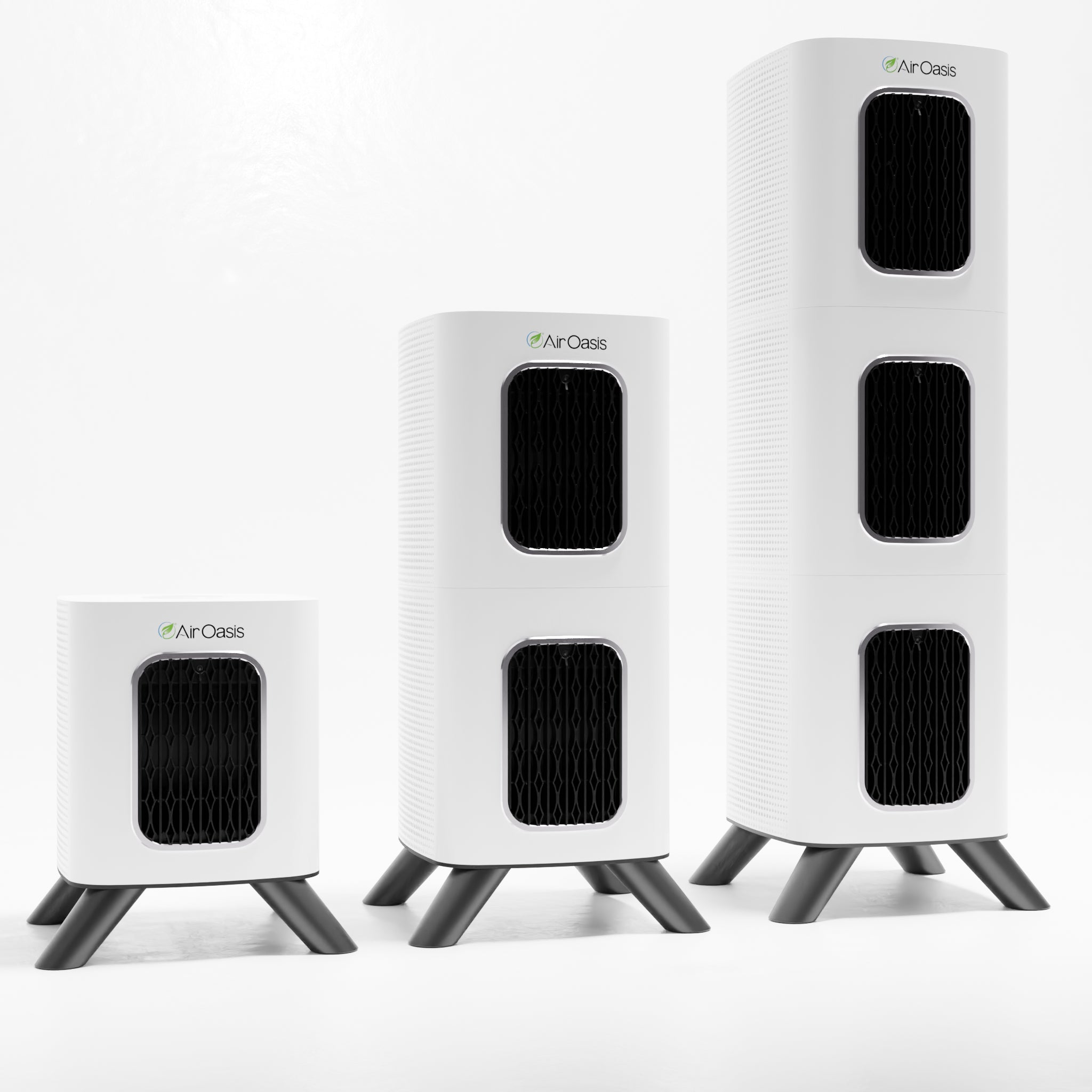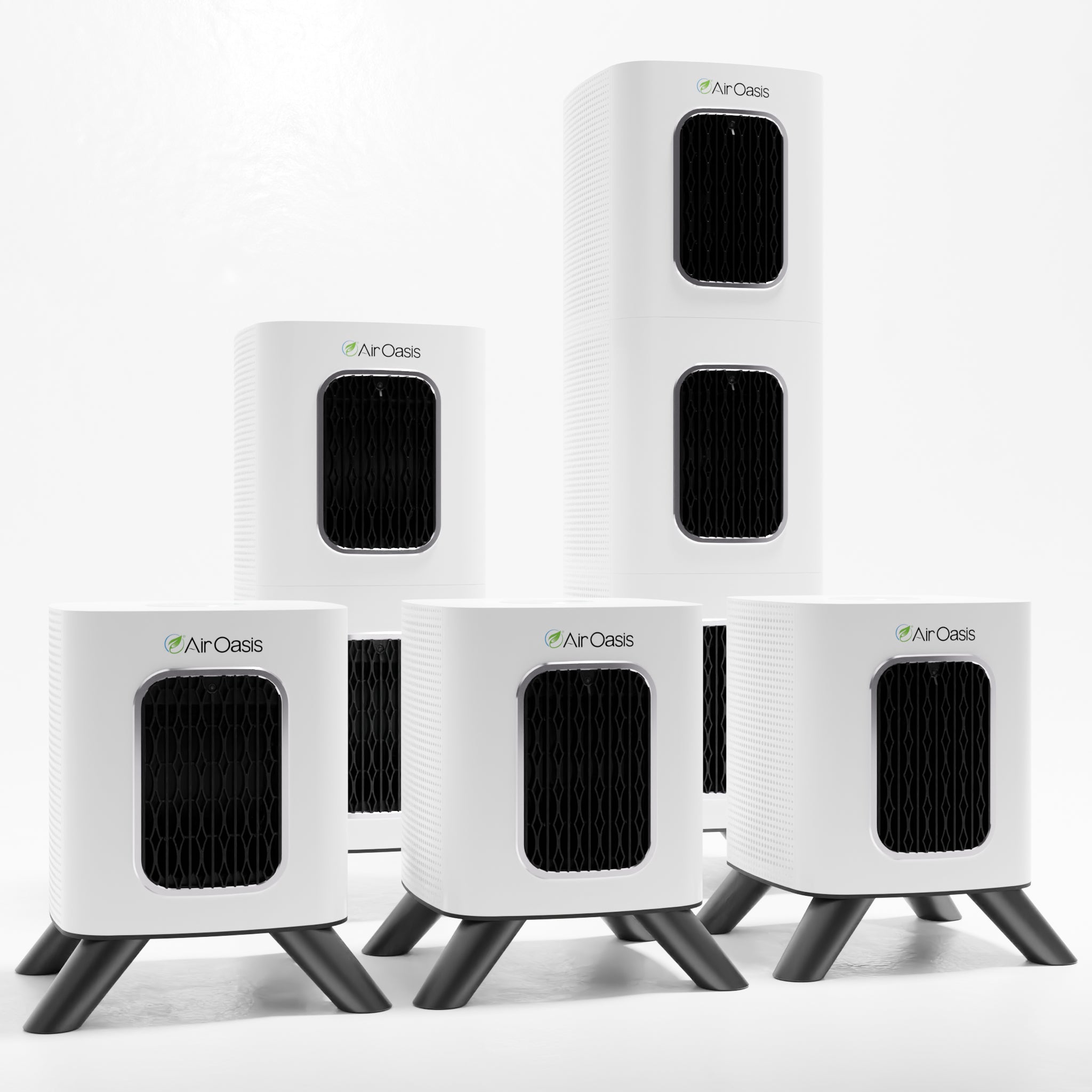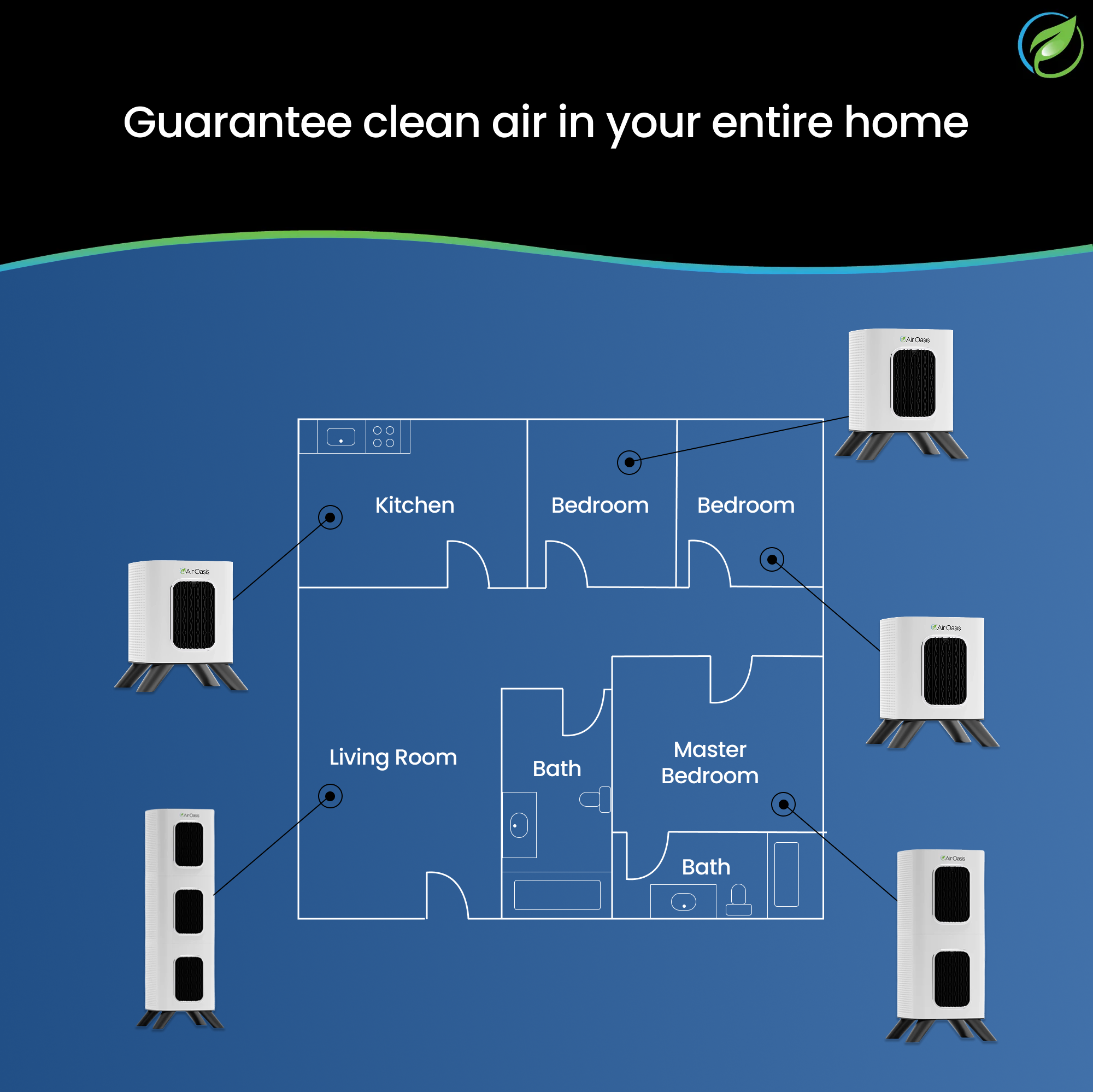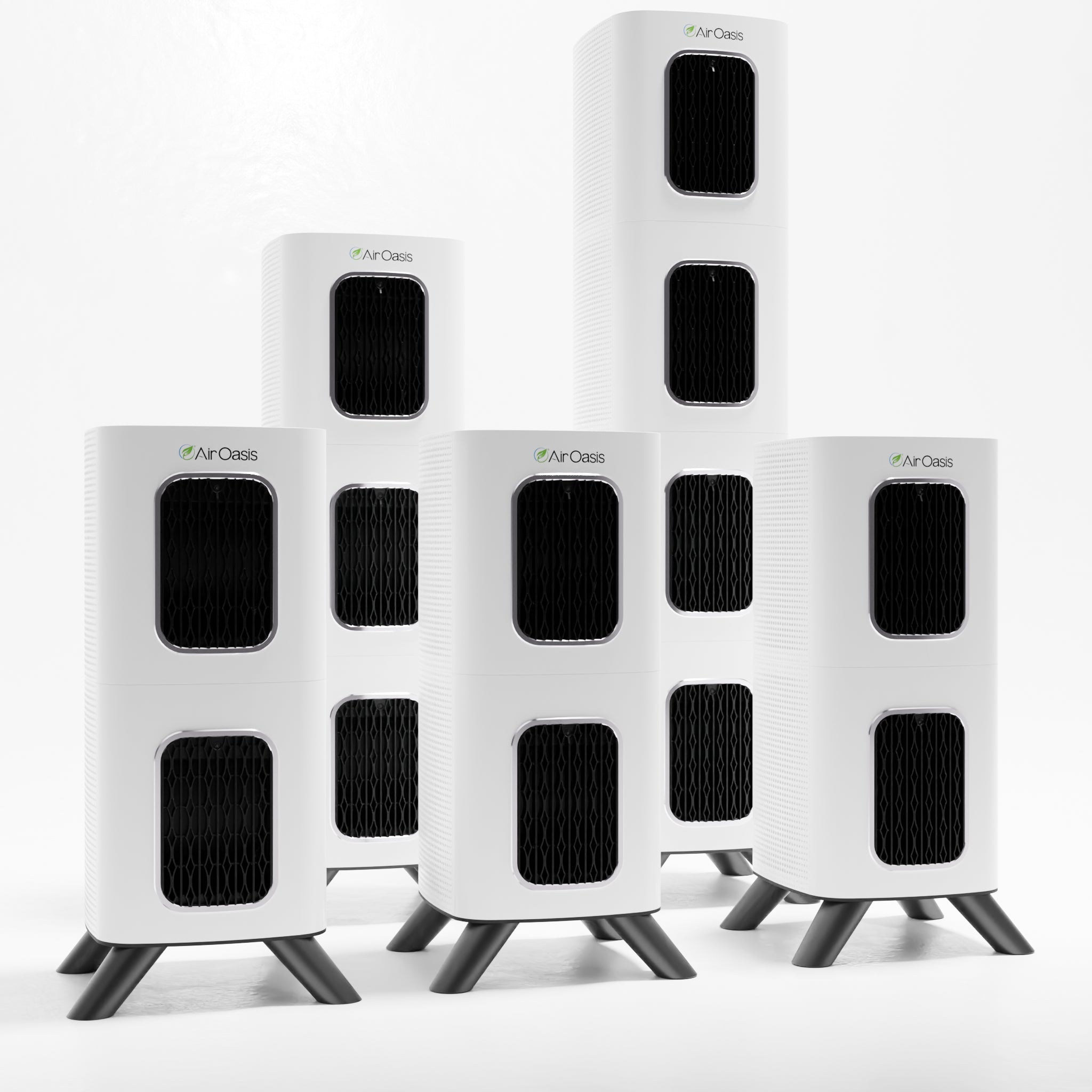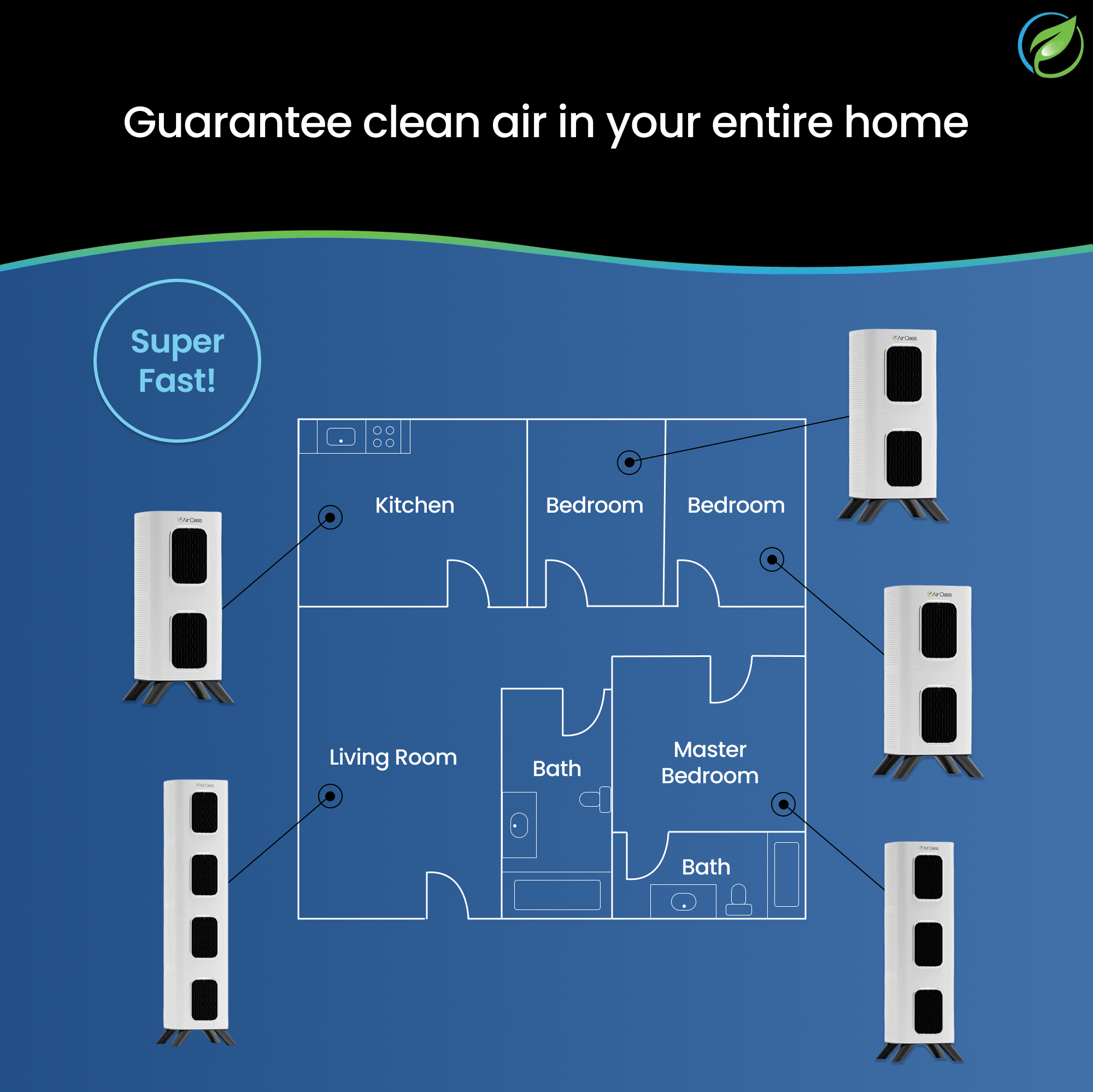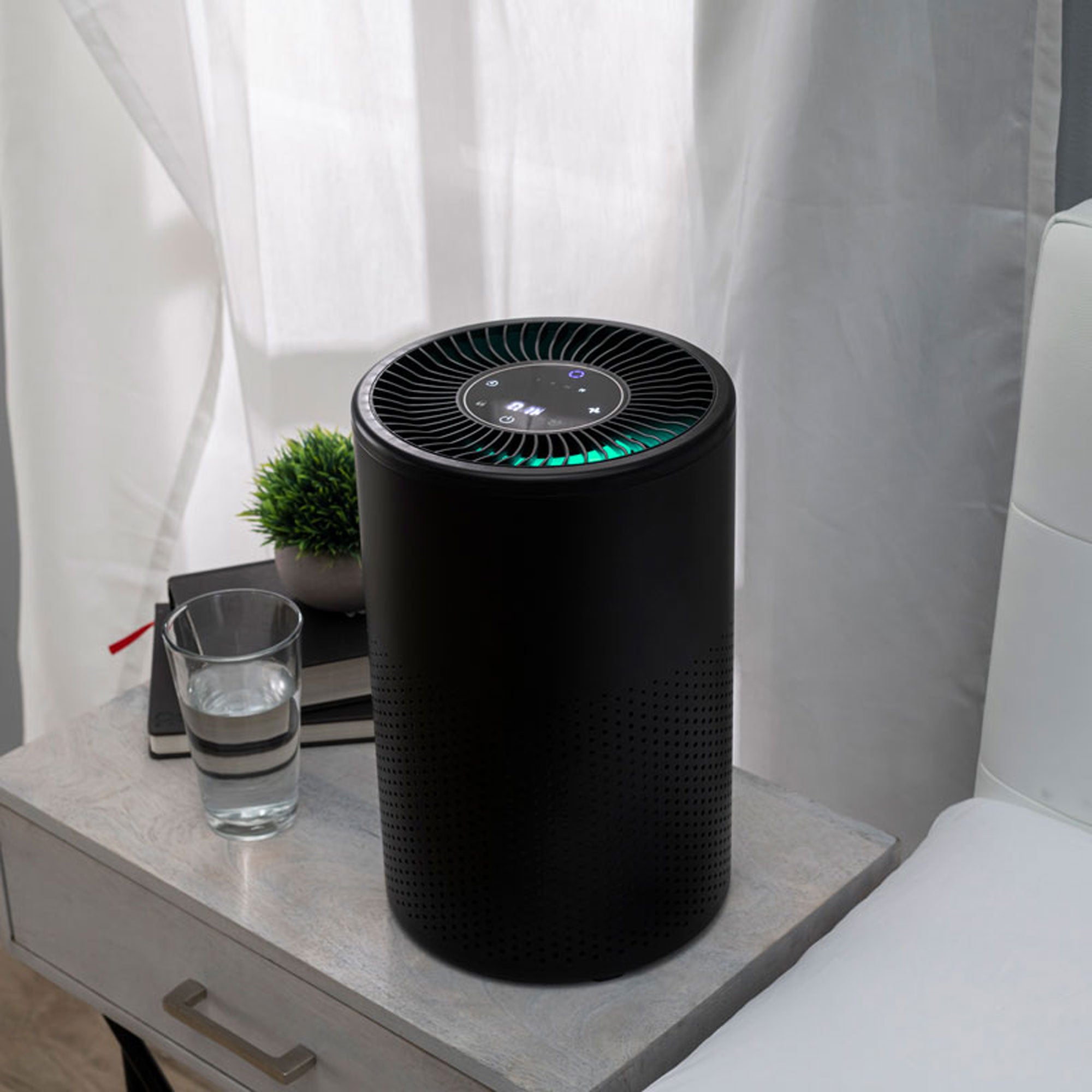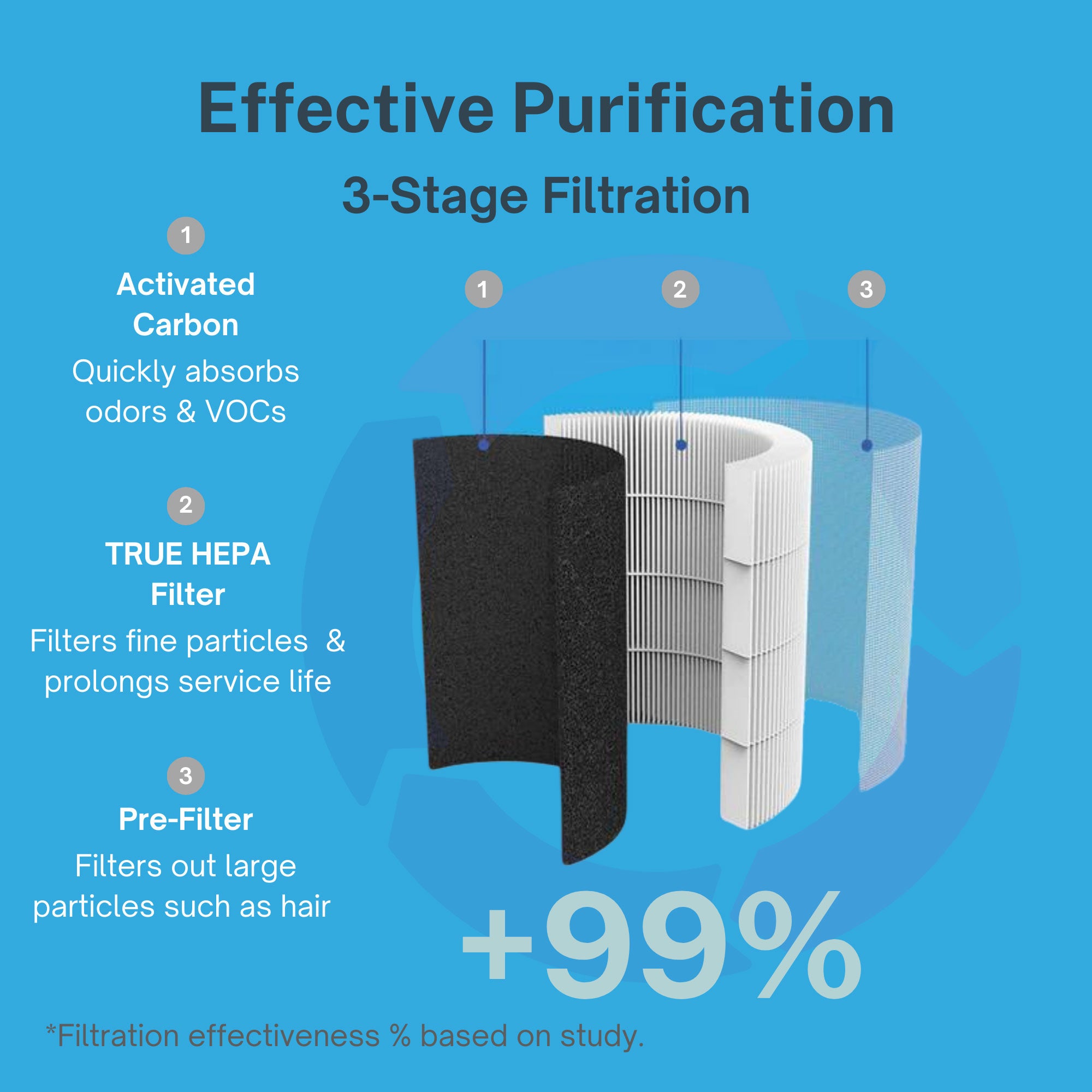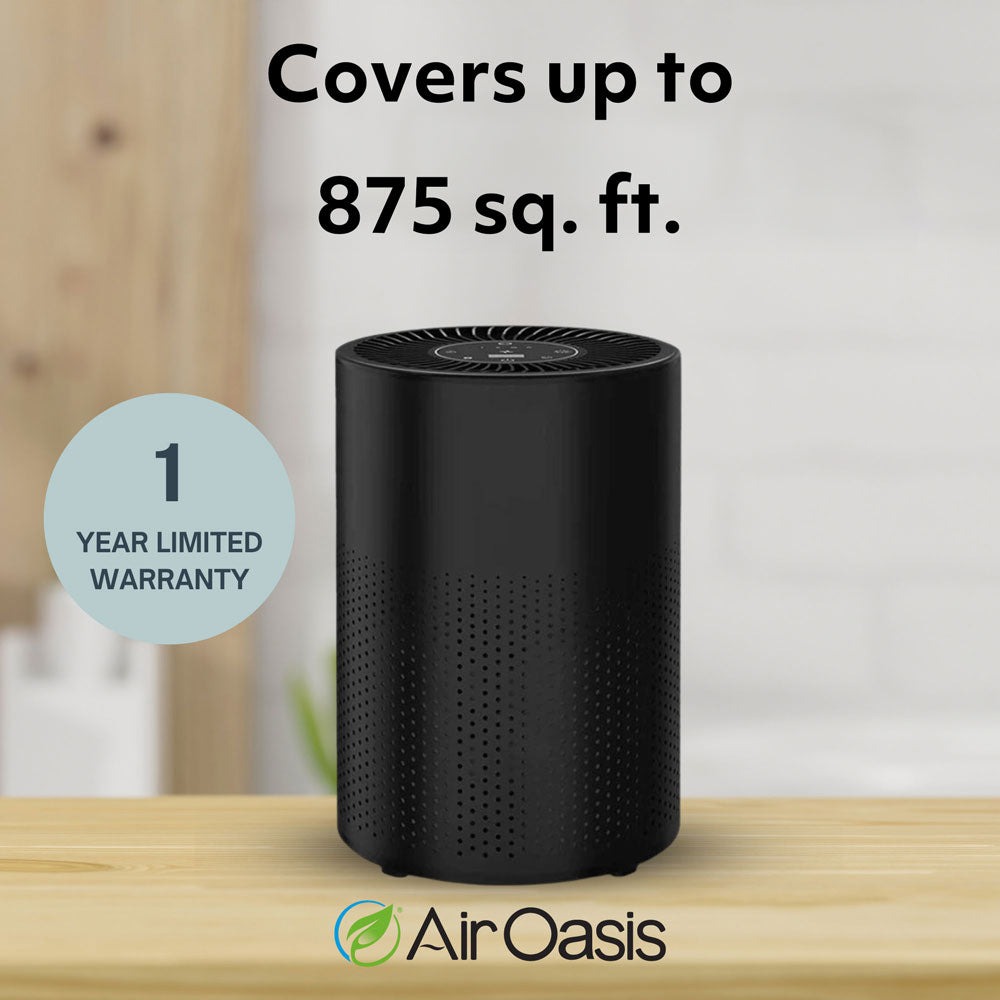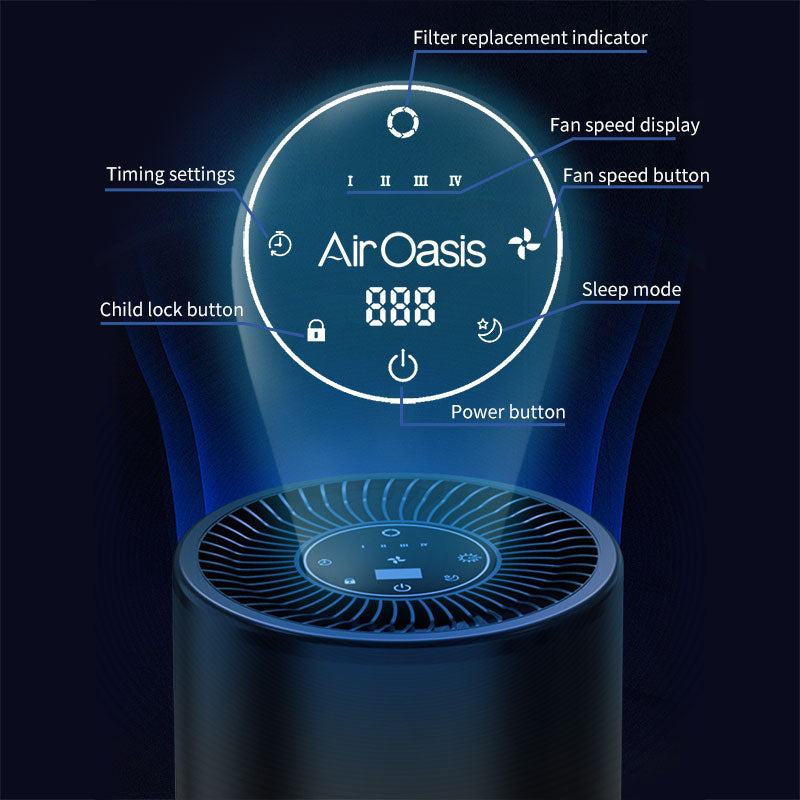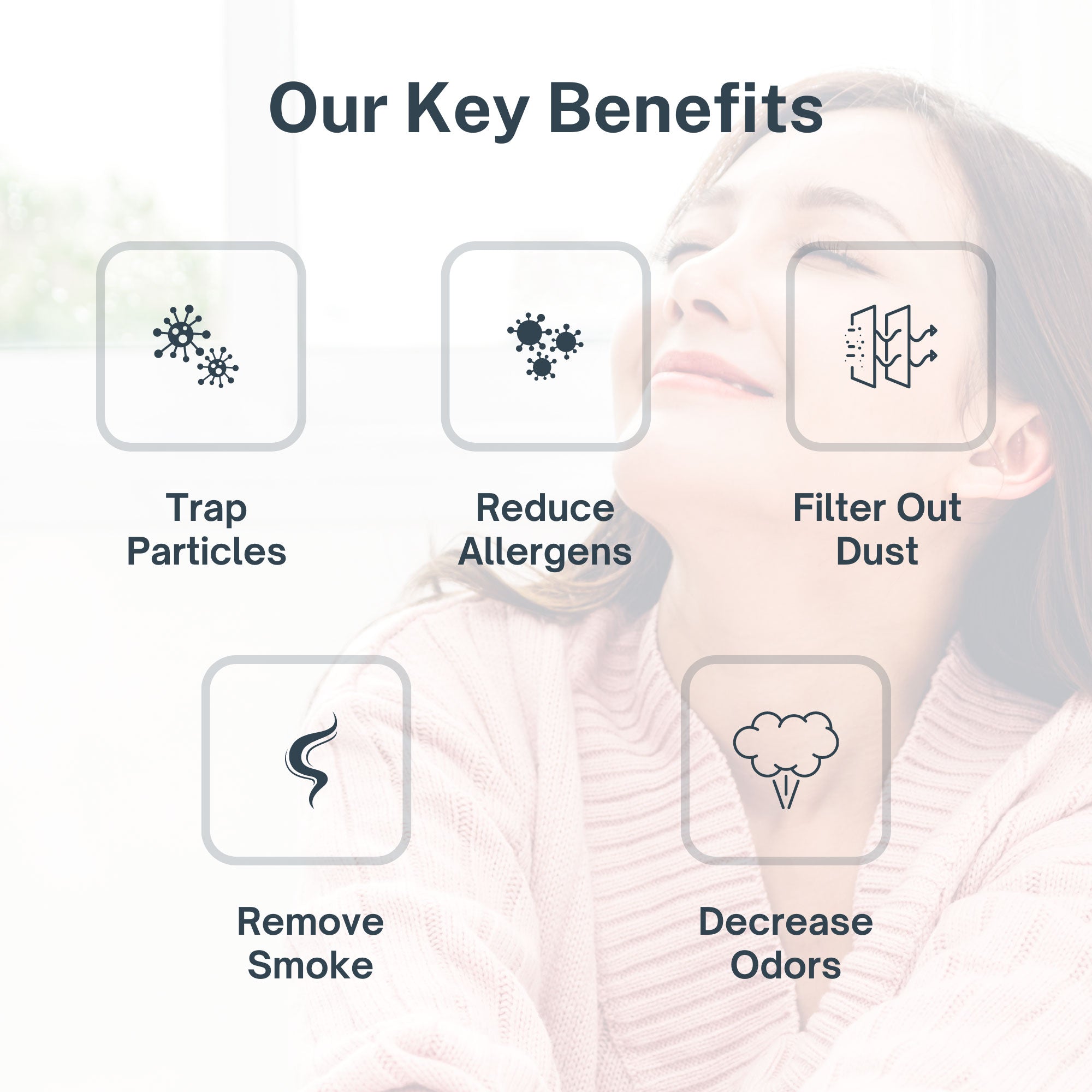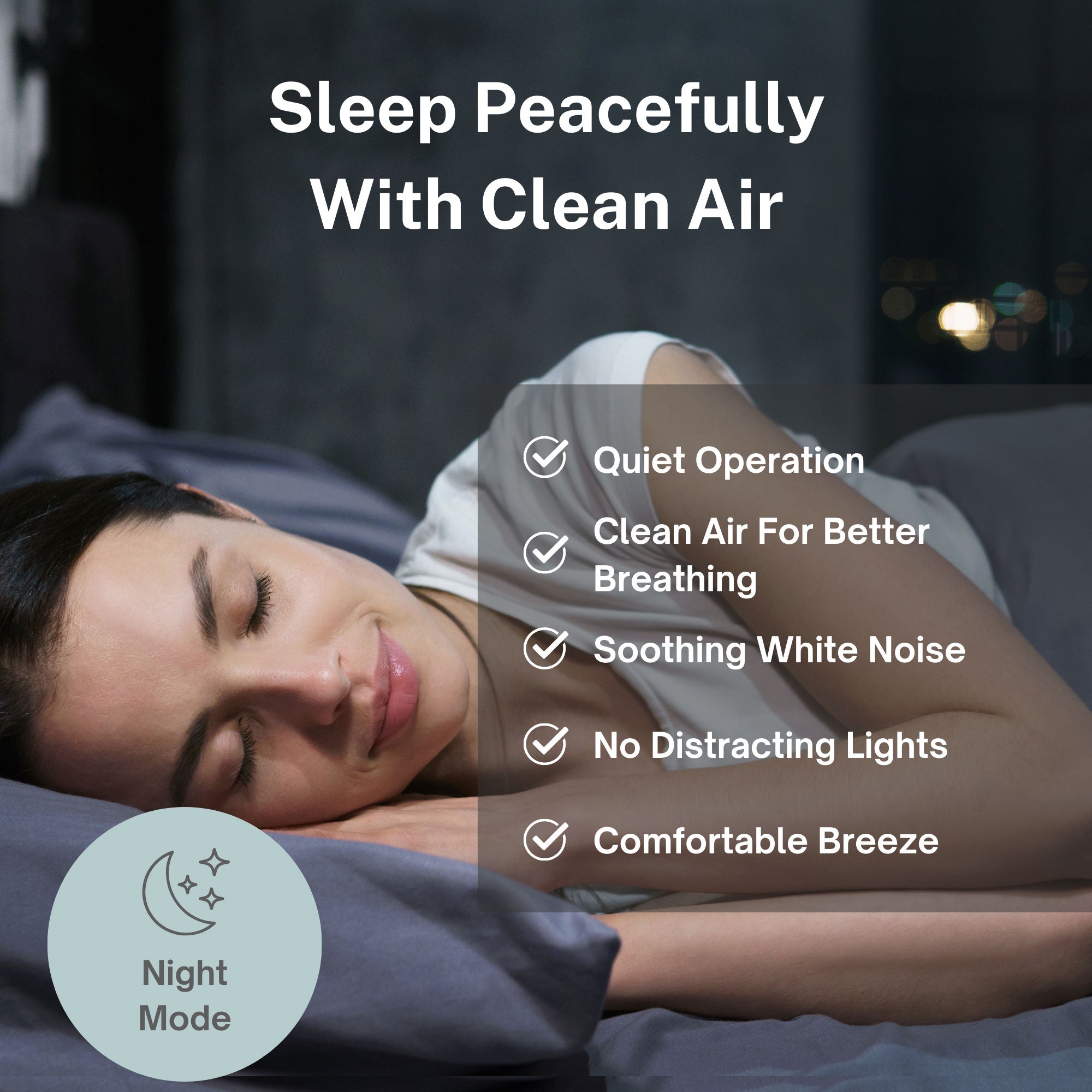They're in your mattress right now. Millions of them. Feeding on the dead skin cells you shed every night, reproducing in the warm humidity of your bedding, and leaving behind waste that becomes airborne with every movement you make.
Dust mites are microscopic creatures you'll never see with the naked eye. But your lungs definitely notice them. For tens of millions of Americans dealing with allergies and asthma, dust mites represent one of the most significant indoor air quality challenges they face.
Understanding the Dust Mite Problem
Dust mites thrive in the exact conditions most homes provide. They prefer temperatures between 68 and 77 degrees Fahrenheit. They need humidity levels above 50 percent. And they feed exclusively on organic matter, primarily the skin flakes humans constantly shed.
A single mattress can harbor anywhere from 100,000 to 10 million dust mites. Your pillows, upholstered furniture, carpets, and curtains provide additional habitat. These creatures don't bite or spread disease directly. Their threat comes from what they leave behind.
Dust mite feces contain proteins that trigger allergic reactions in sensitive individuals. These waste particles are incredibly small, measuring just 10 to 40 microns in diameter. That's small enough to become airborne easily and small enough to penetrate deep into your respiratory system when inhaled.
Every time you sit on your couch, walk across your carpet, or roll over in bed, you're releasing clouds of these allergenic particles into the air. They settle slowly, which means they remain suspended and available for inhalation far longer than larger particles.
The Health Impact You're Breathing
For people with dust mite allergies, exposure triggers a cascade of symptoms. Sneezing, runny nose, itchy eyes, and congestion are the most common complaints. But the impact goes deeper than simple discomfort.
Dust mite allergens are a leading trigger for asthma attacks. Studies consistently show that reducing dust mite exposure improves asthma control and reduces the need for medication. Children with asthma show particular sensitivity to dust mite allergens, making bedroom air quality especially critical for young people managing respiratory conditions.
The constant low-level exposure also affects sleep quality. Nasal congestion disrupts normal breathing patterns during sleep. This leads to snoring, frequent waking, and poor sleep quality overall. You might not realize dust mites are the culprit behind your morning grogginess.
Beyond allergies and asthma, dust mite exposure can contribute to chronic inflammation. Your immune system remains in a heightened state of alert, constantly responding to the presence of allergenic proteins in your environment.
Why Traditional Cleaning Isn't Enough
You vacuum regularly. You wash your sheets weekly. You dust your surfaces. Yet dust mite populations persist because these creatures live deep within the fibers of your furnishings, far beyond the reach of surface cleaning.
Vacuuming can actually make things worse temporarily. The suction and movement stir up settled particles, sending them airborne again. Unless your vacuum has a HEPA filter, it may be recirculating fine dust mite waste back into your breathing space.
Washing bedding in hot water kills dust mites effectively, but only addresses a fraction of the total population in your home. The mites in your carpet, curtains, and upholstered furniture remain untouched. Within weeks, your freshly laundered bedding becomes recolonized.
Humidity control helps limit dust mite populations. Keeping indoor humidity below 50 percent makes your home less hospitable to these creatures. But even in drier conditions, established populations persist in the microclimates created by bedding and upholstery.
The Air Purification Solution
This is where medical-grade air purification changes the equation. While you can't eliminate dust mites entirely, you can dramatically reduce your exposure to the allergens they produce.
HEPA filtration captures particles as small as 0.3 microns with 99.97 percent efficiency. That means dust mite feces, which measure 10 to 40 microns, get trapped before they reach your lungs. The iAdaptAir system processes room air continuously, removing these allergenic particles from circulation.
The difference becomes noticeable quickly. Many people report improved sleep quality within the first week of using medical-grade air purification in their bedrooms. Daytime allergy symptoms decrease as airborne allergen levels drop.
UV-C technology adds another defensive layer. While UV-C doesn't kill dust mites directly, it neutralizes other airborne pathogens that can compound respiratory issues. Combined with activated carbon filtration to remove chemical irritants, this multi-stage approach addresses the full spectrum of indoor air quality challenges.
Creating a Comprehensive Defense Strategy
Air purification works best as part of a broader approach to dust mite management. Continue washing bedding weekly in hot water. Use allergen-proof mattress and pillow covers to create barriers between you and dust mite colonies. Maintain indoor humidity below 50 percent when possible.
But make air purification your foundation. It's the only strategy that continuously removes airborne allergens from your breathing space. It works while you sleep, while you work, and while you go about your daily activities.
The iAdaptAir system's smart sensors monitor your air quality in real time and adjust fan speeds automatically. When allergen levels rise, filtration increases to match the challenge. You get protection that adapts to your actual air quality conditions.
Breathe Easier in Your Own Home
Your home should be your refuge from allergens and irritants. Don't let microscopic dust mites compromise the air quality you deserve.
Medical-grade air purification from Air Oasis targets the allergens that trigger your symptoms. HEPA filtration removes dust mite waste before it reaches your respiratory system. Continuous operation means protection that never stops working.
Take control of your indoor air quality today. Shop Air Oasis and discover what it feels like to breathe truly clean air in your own home.






